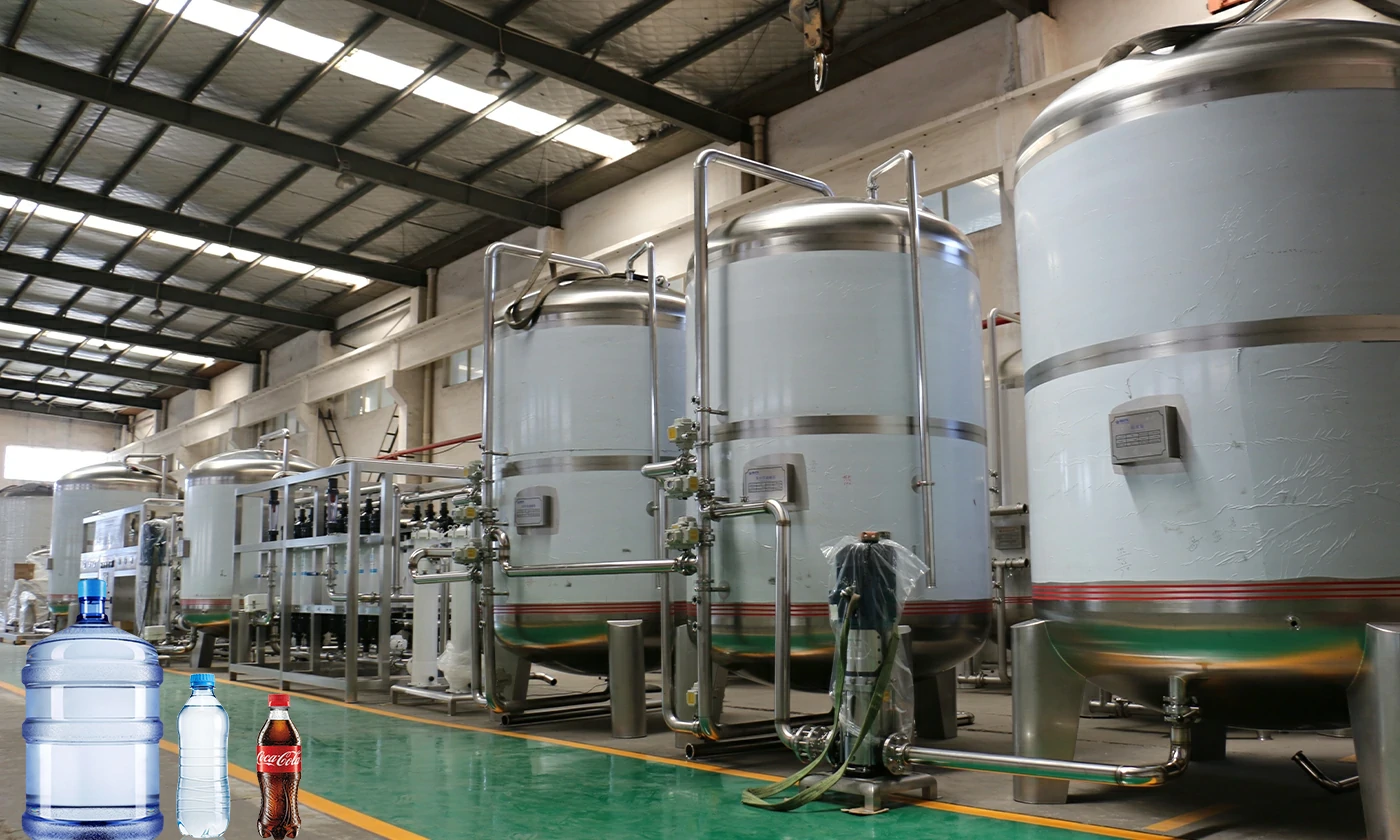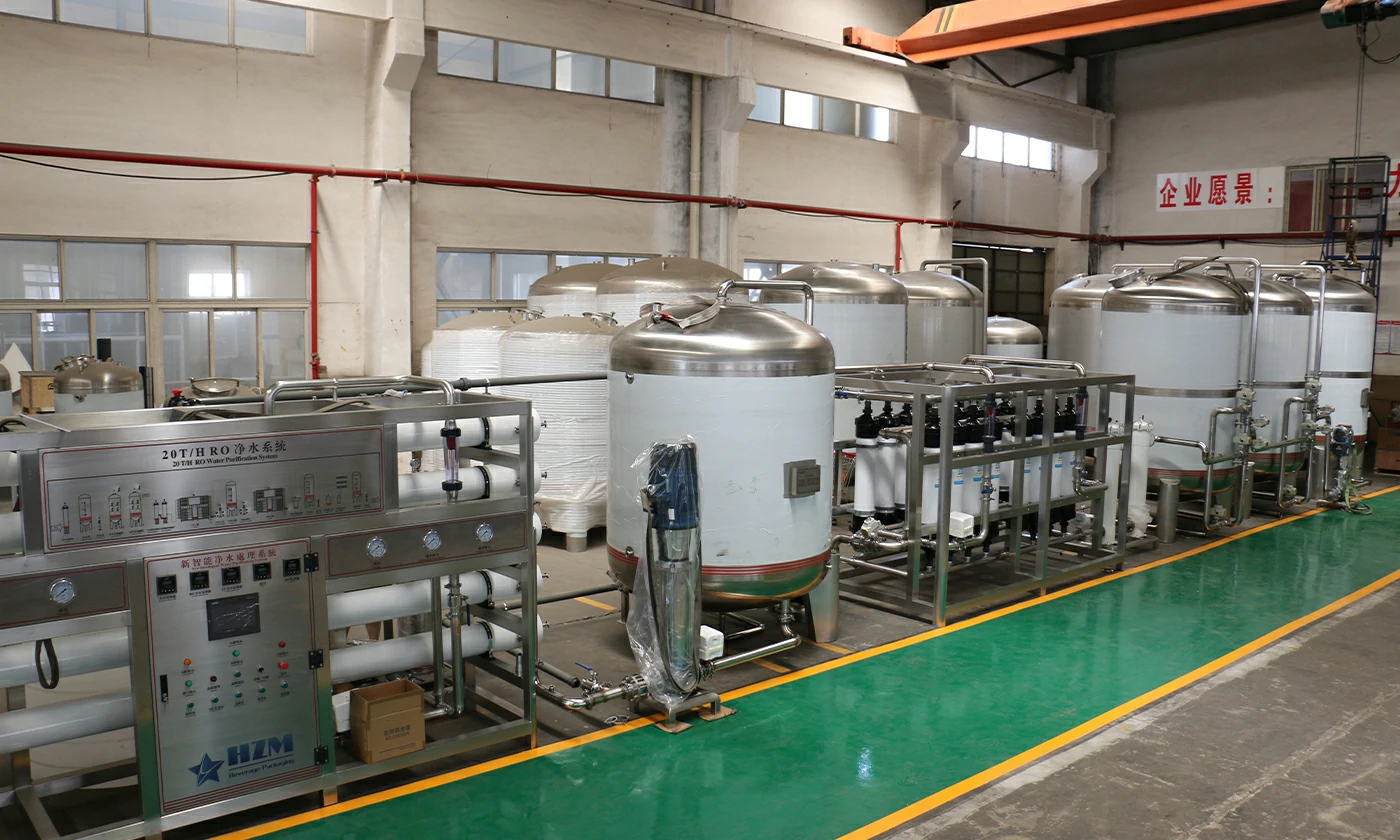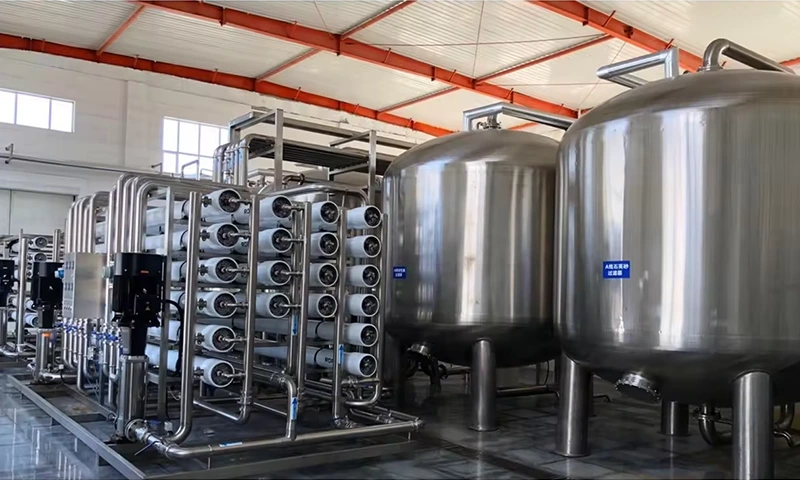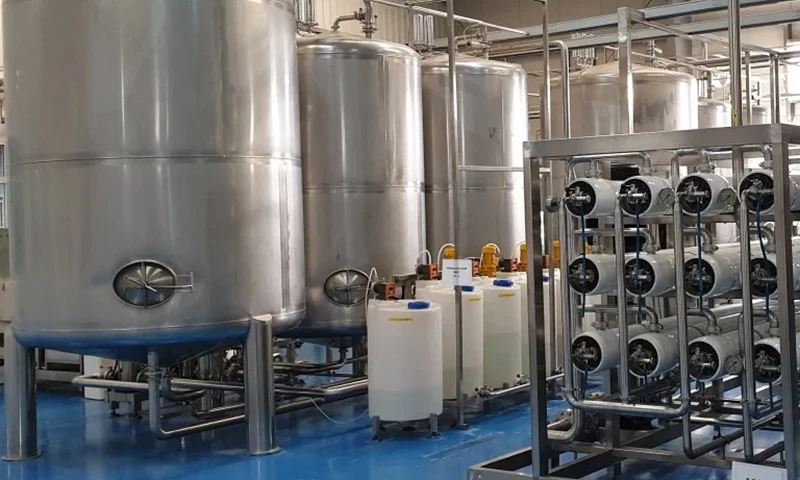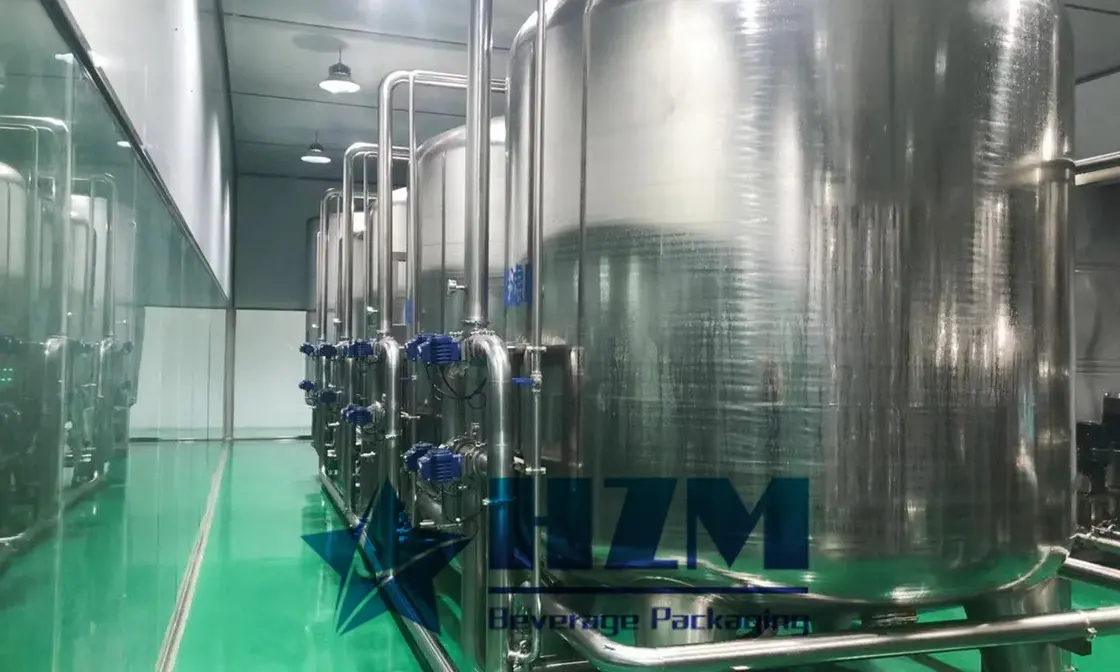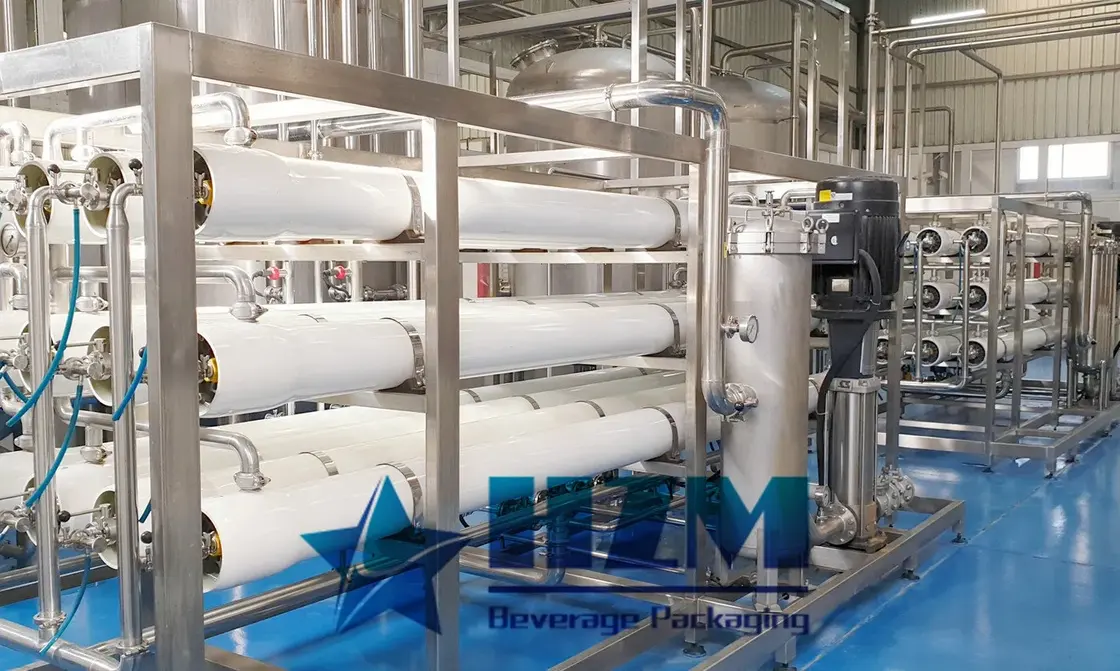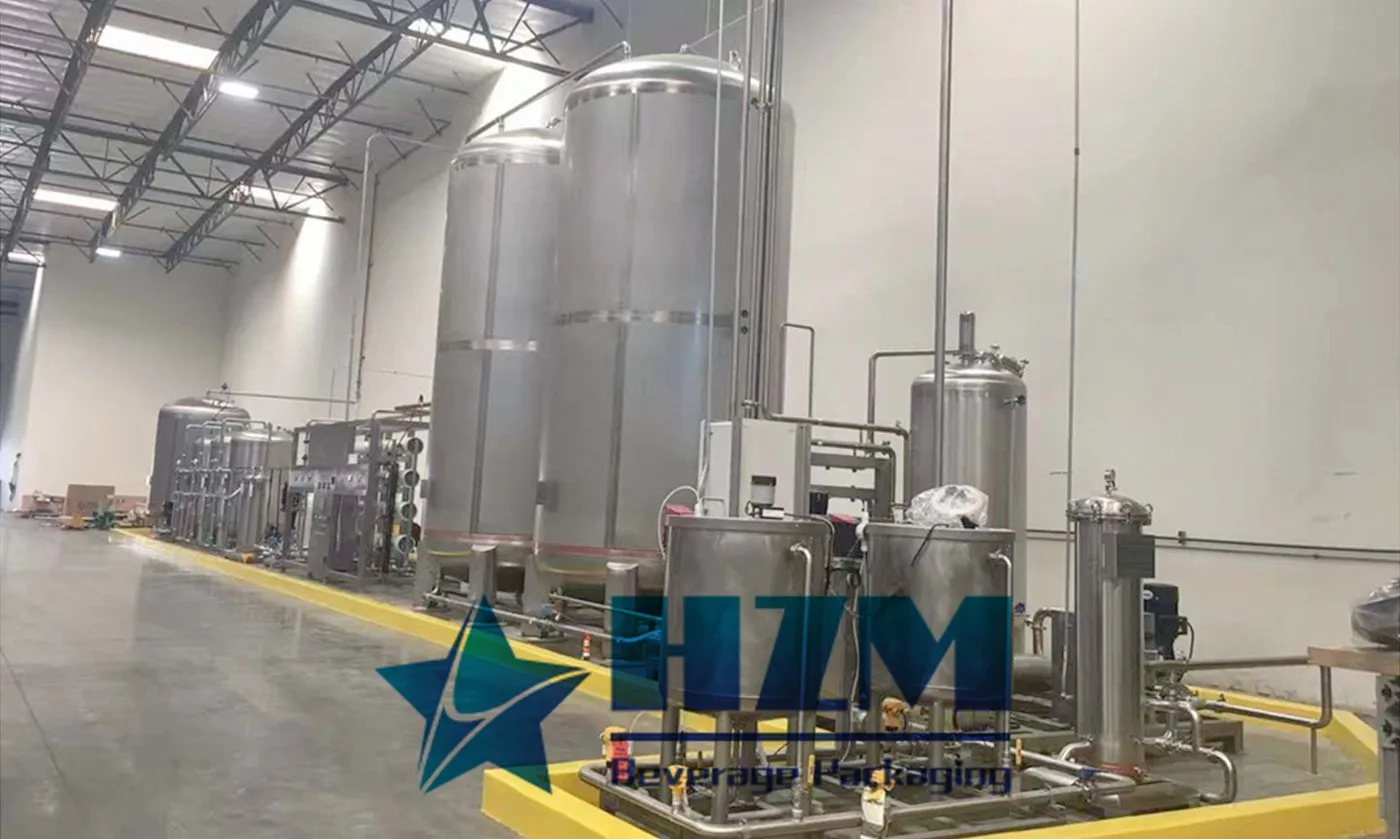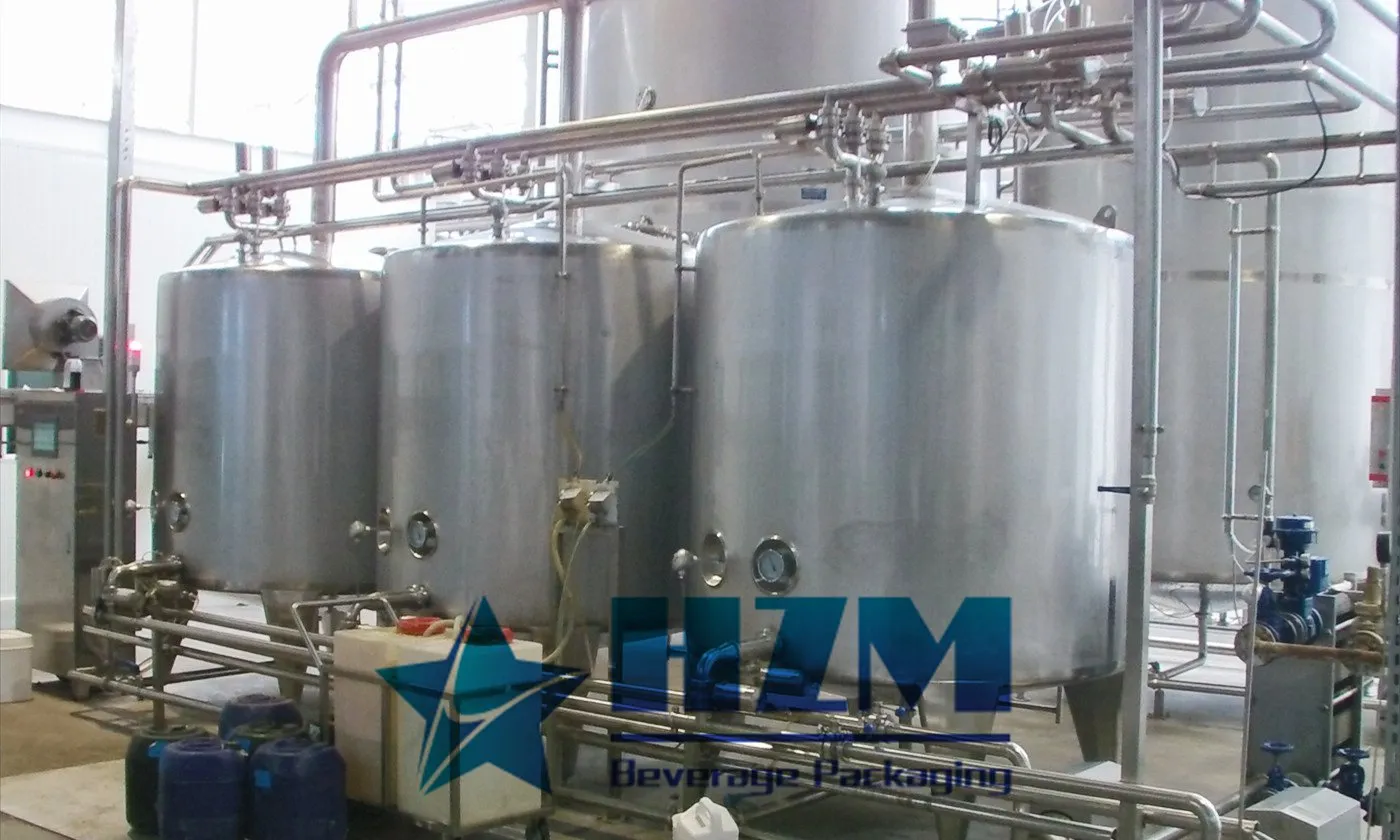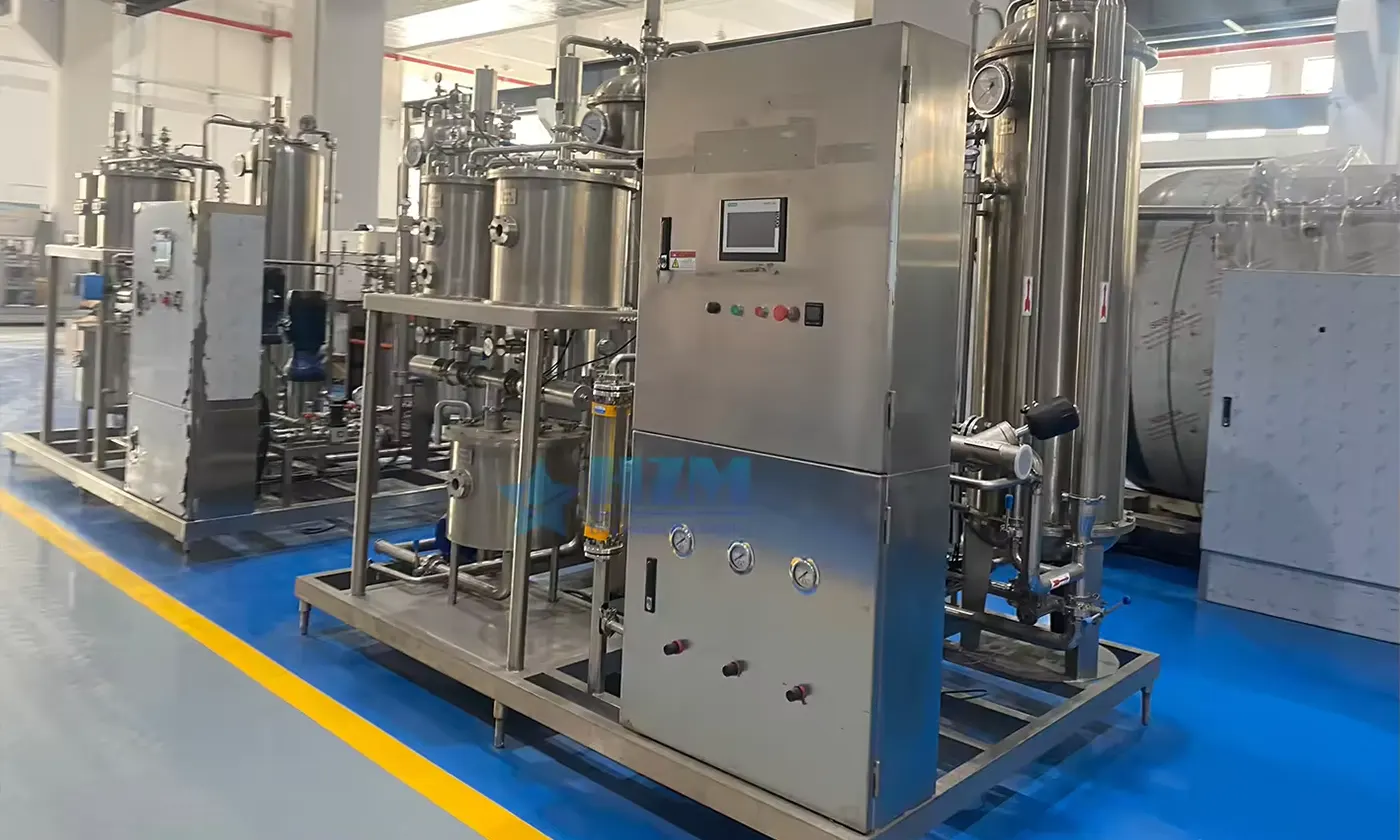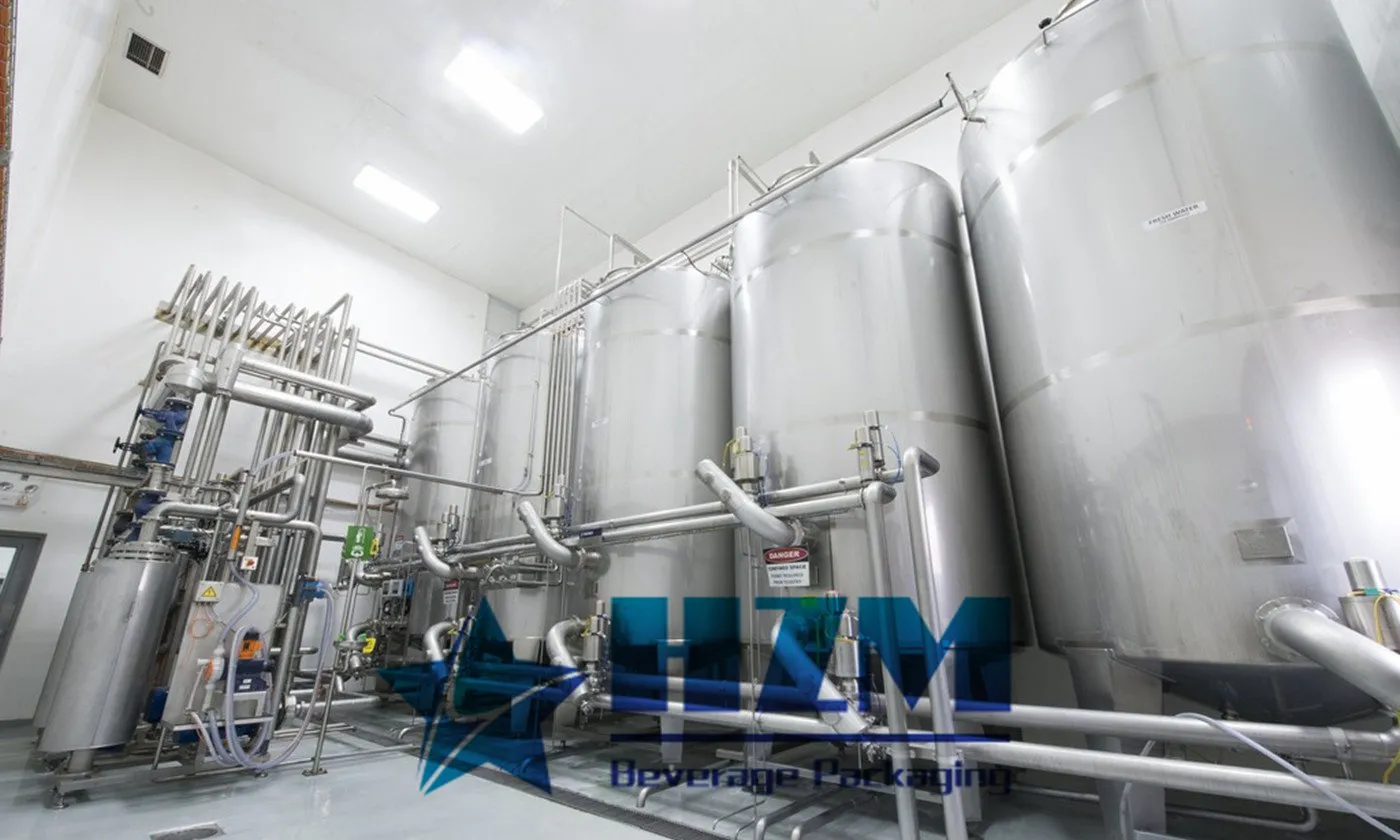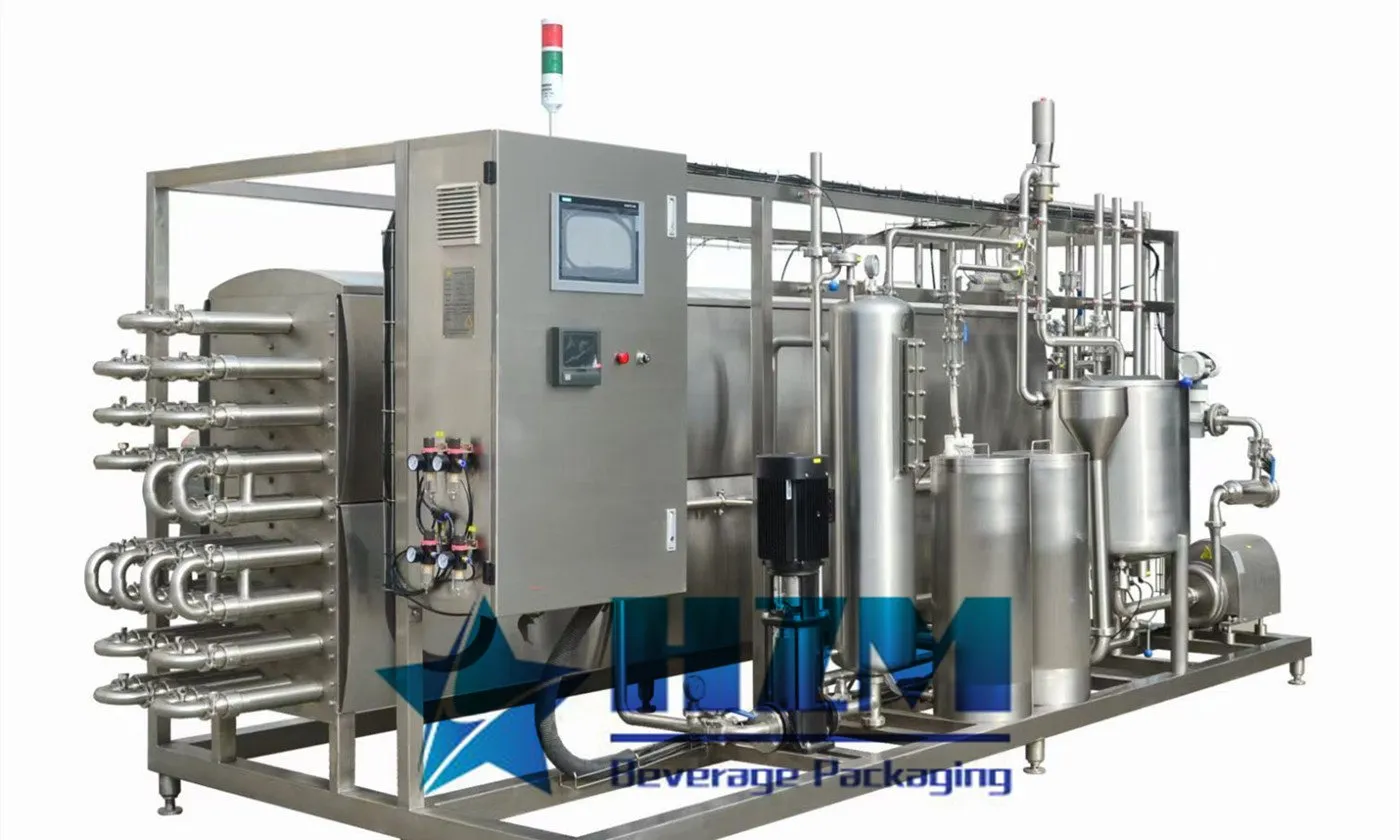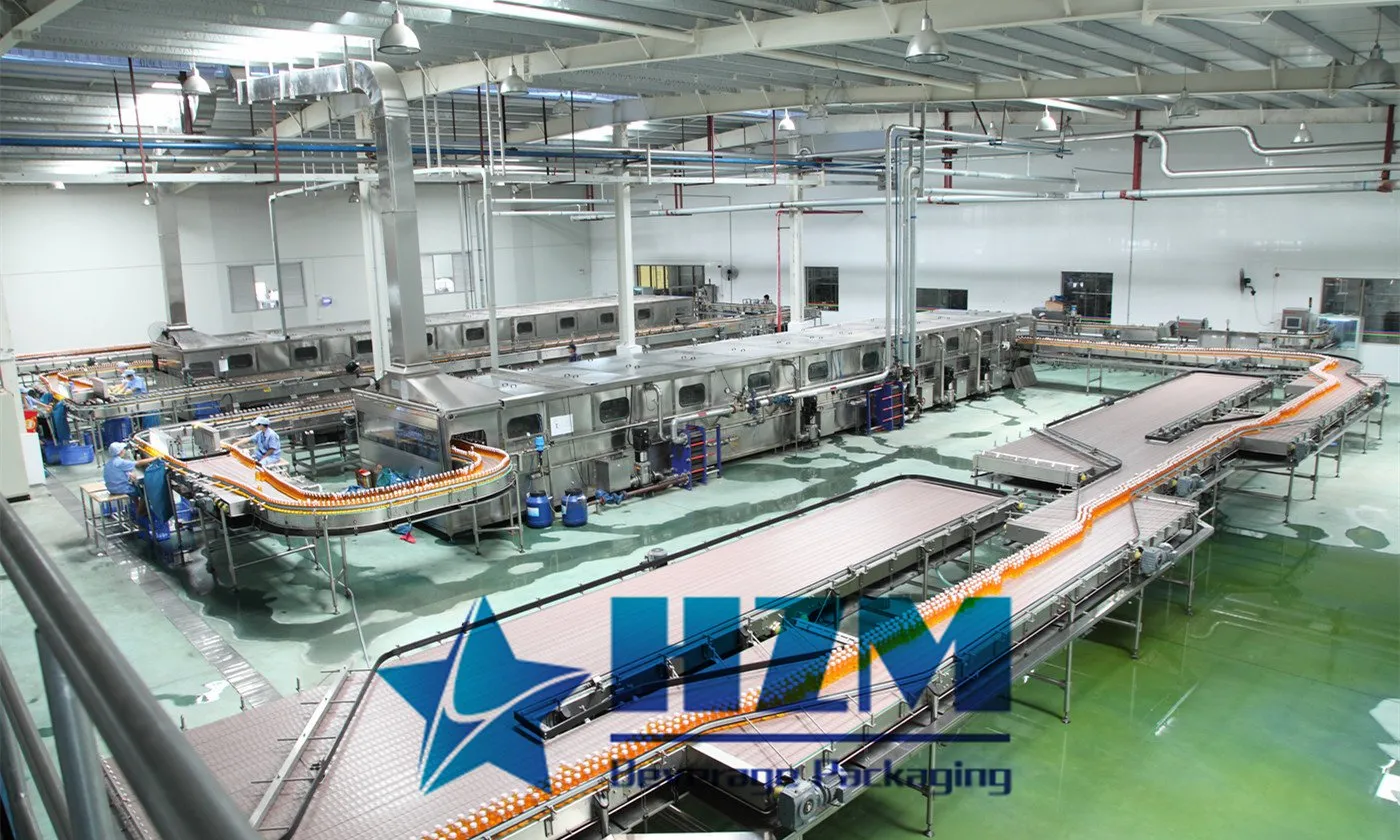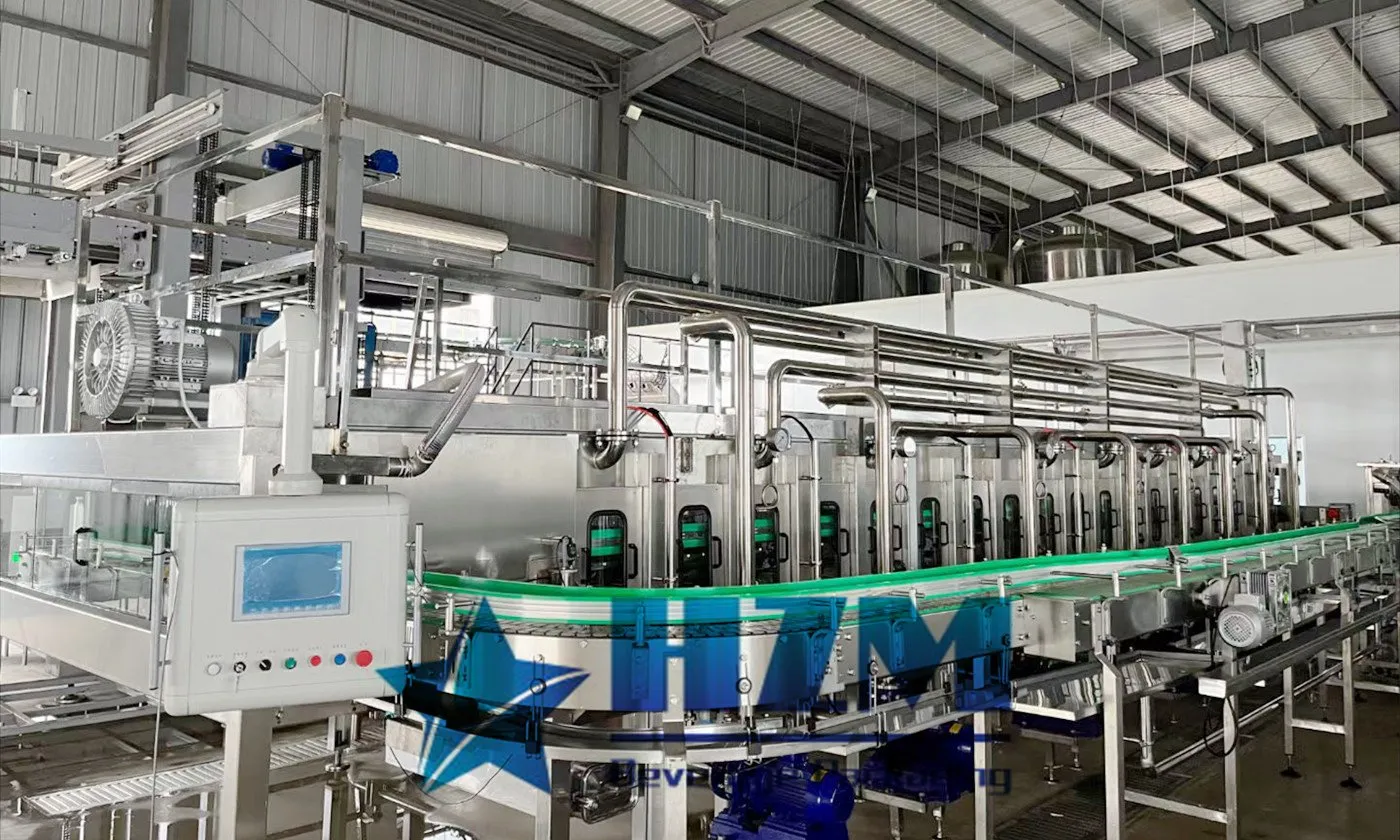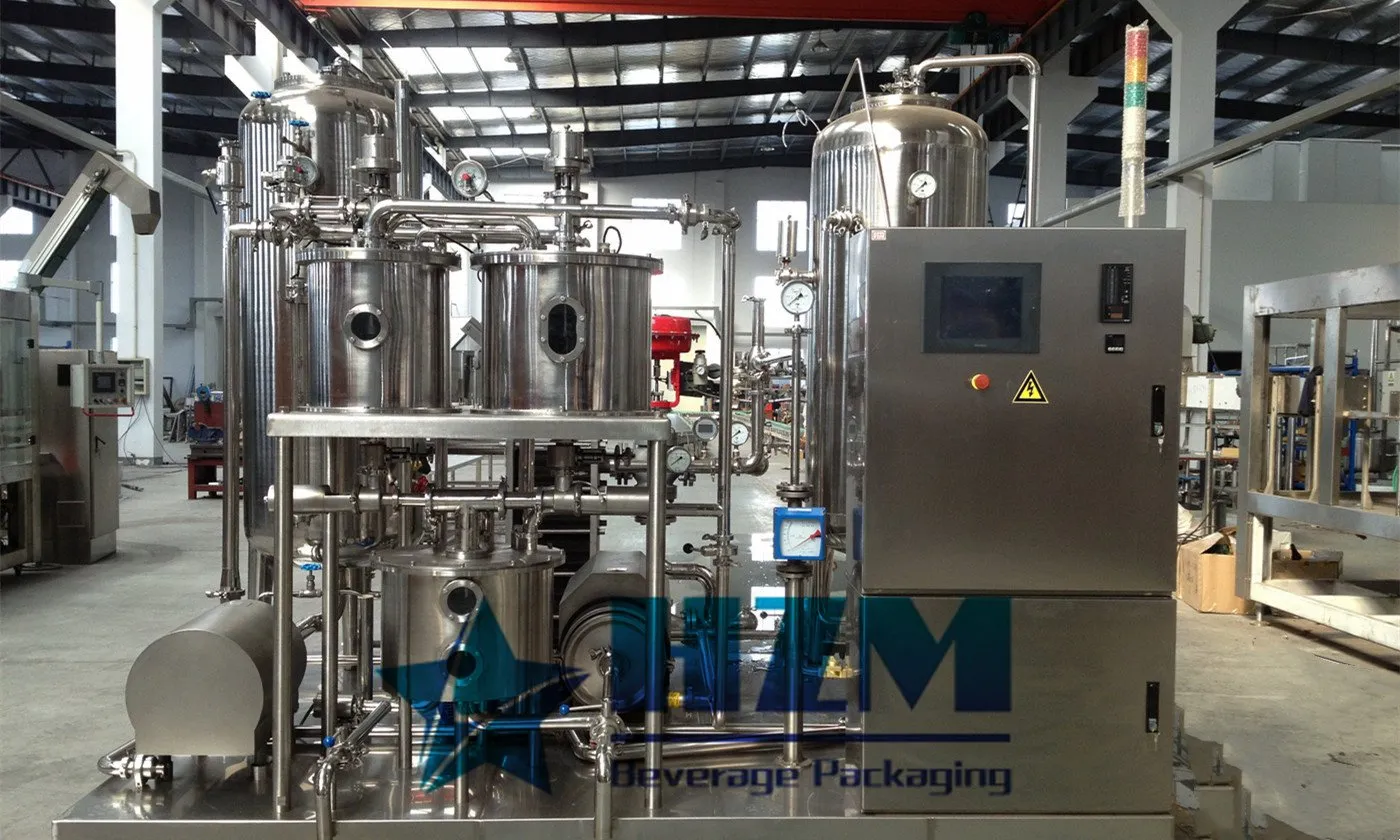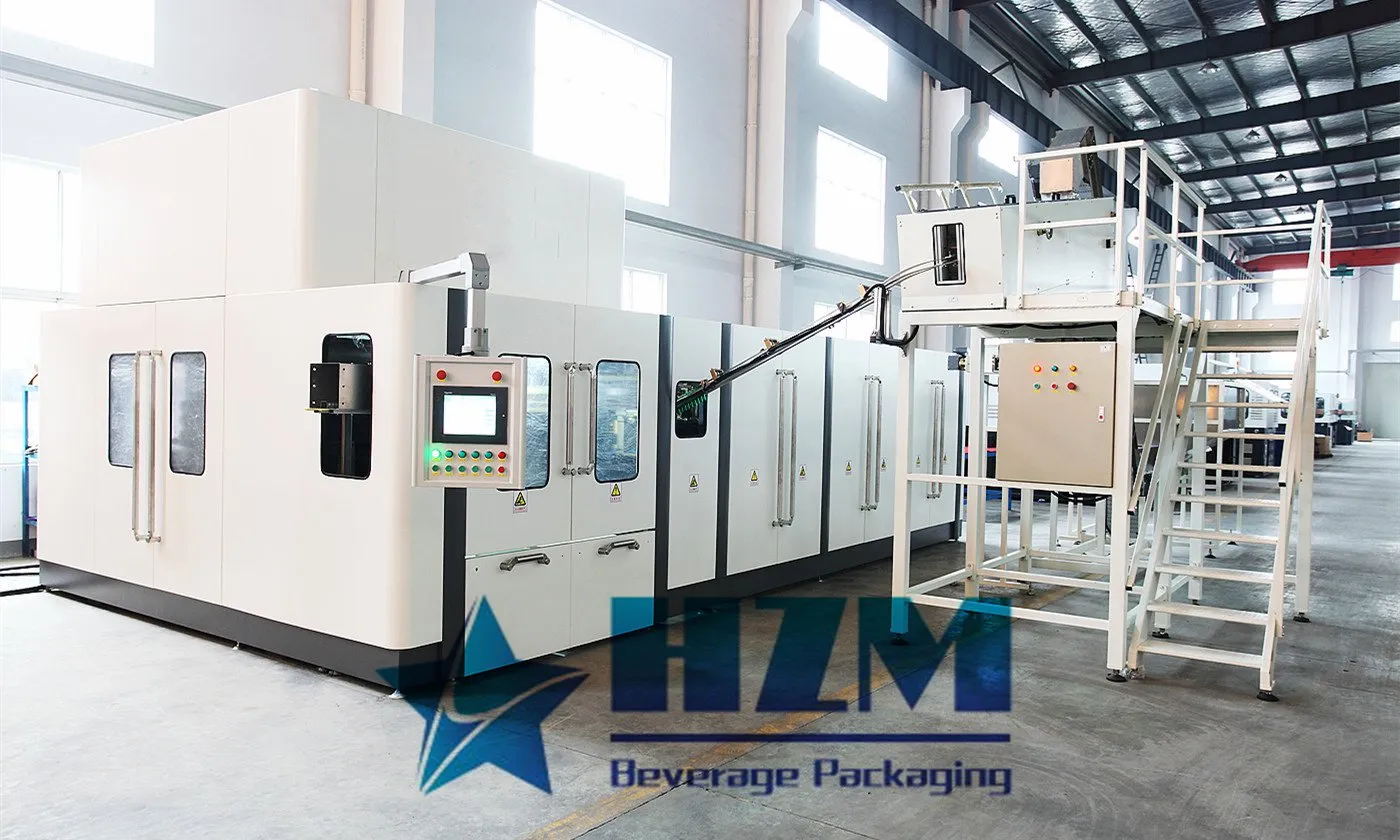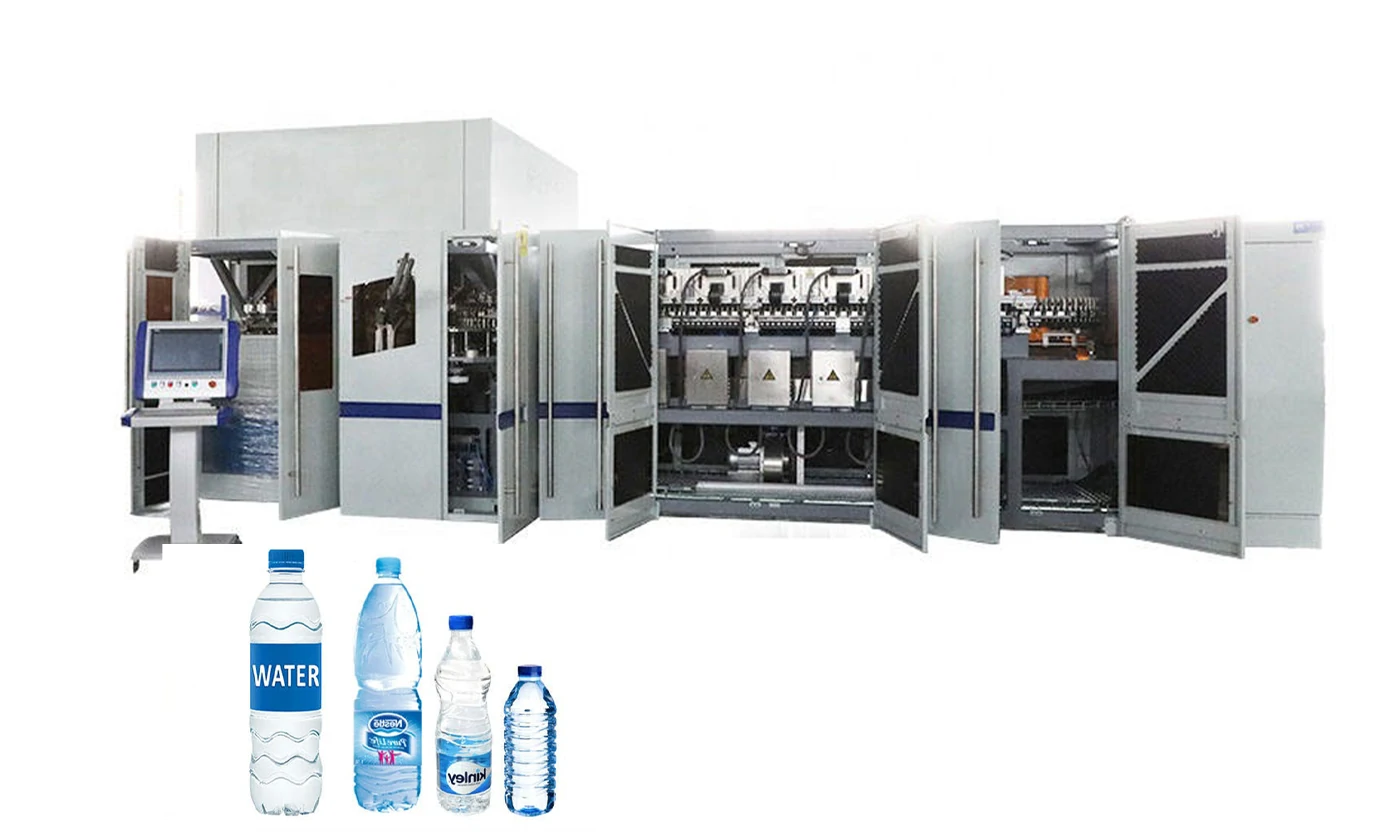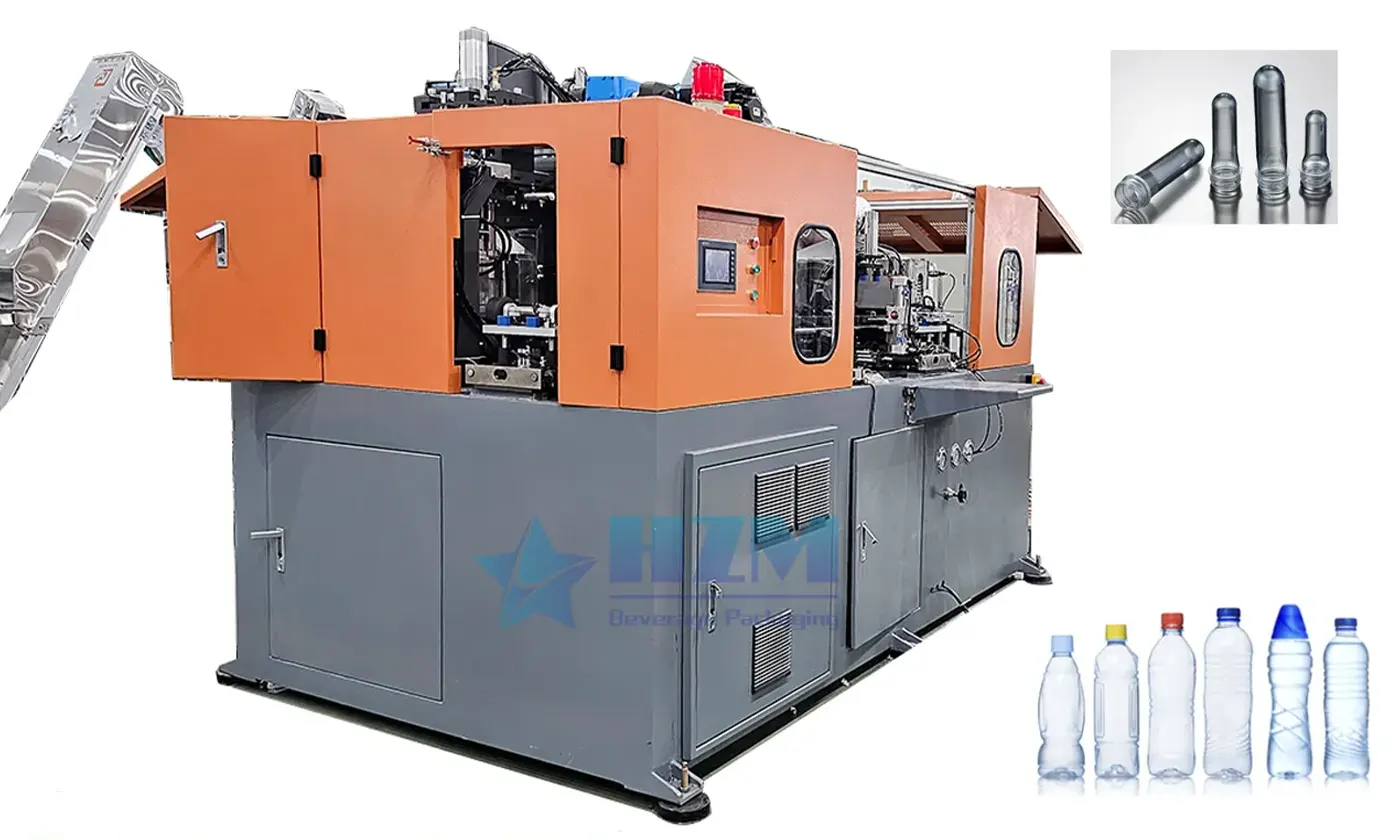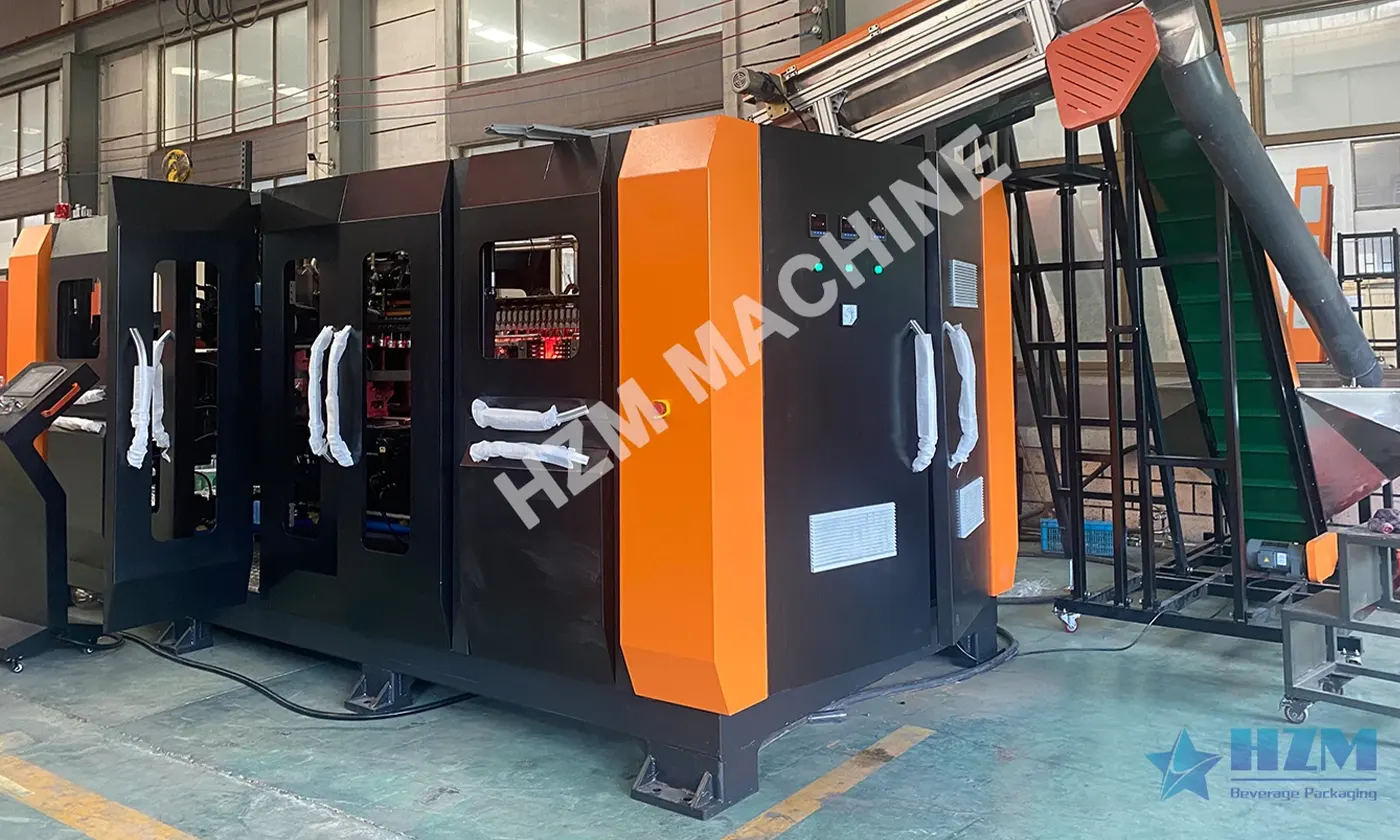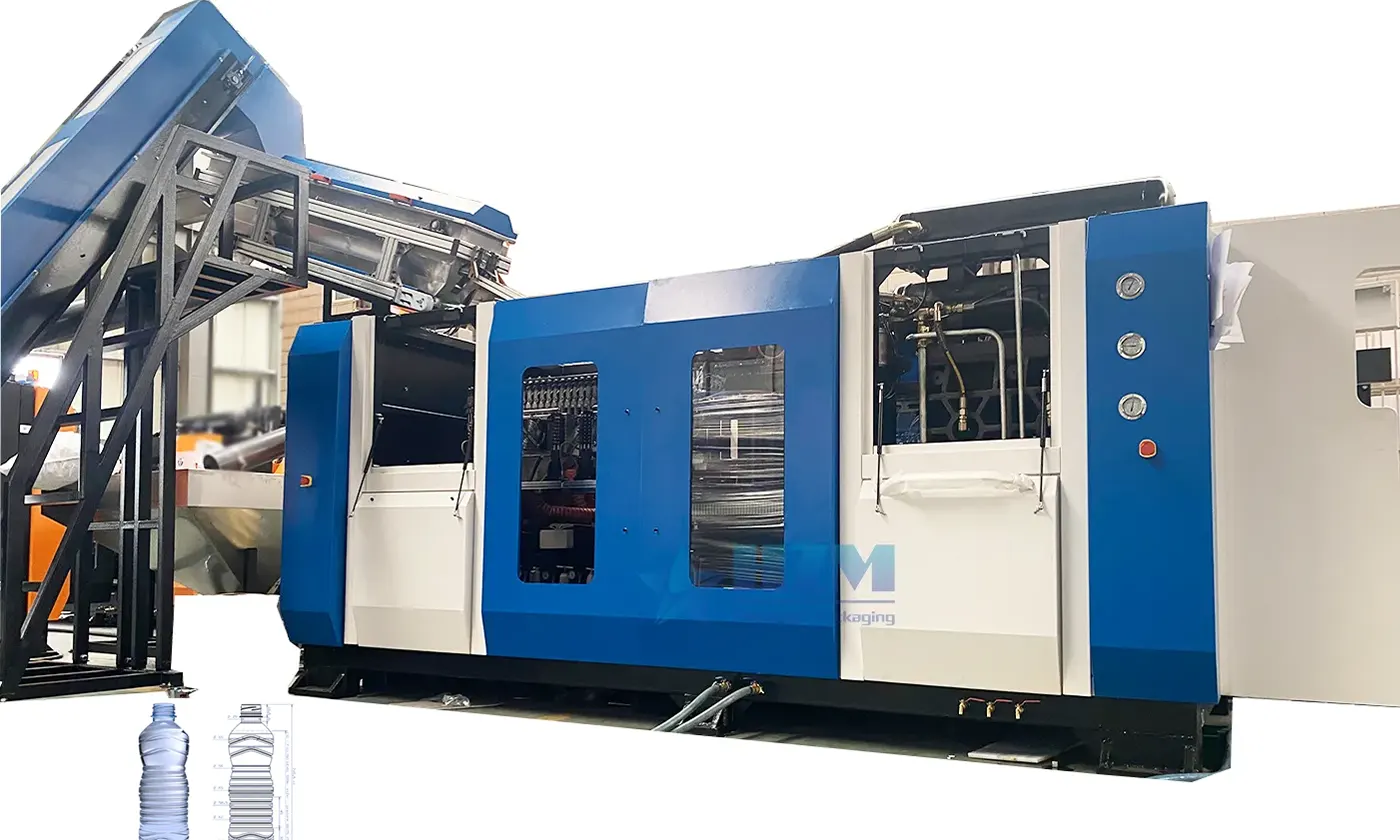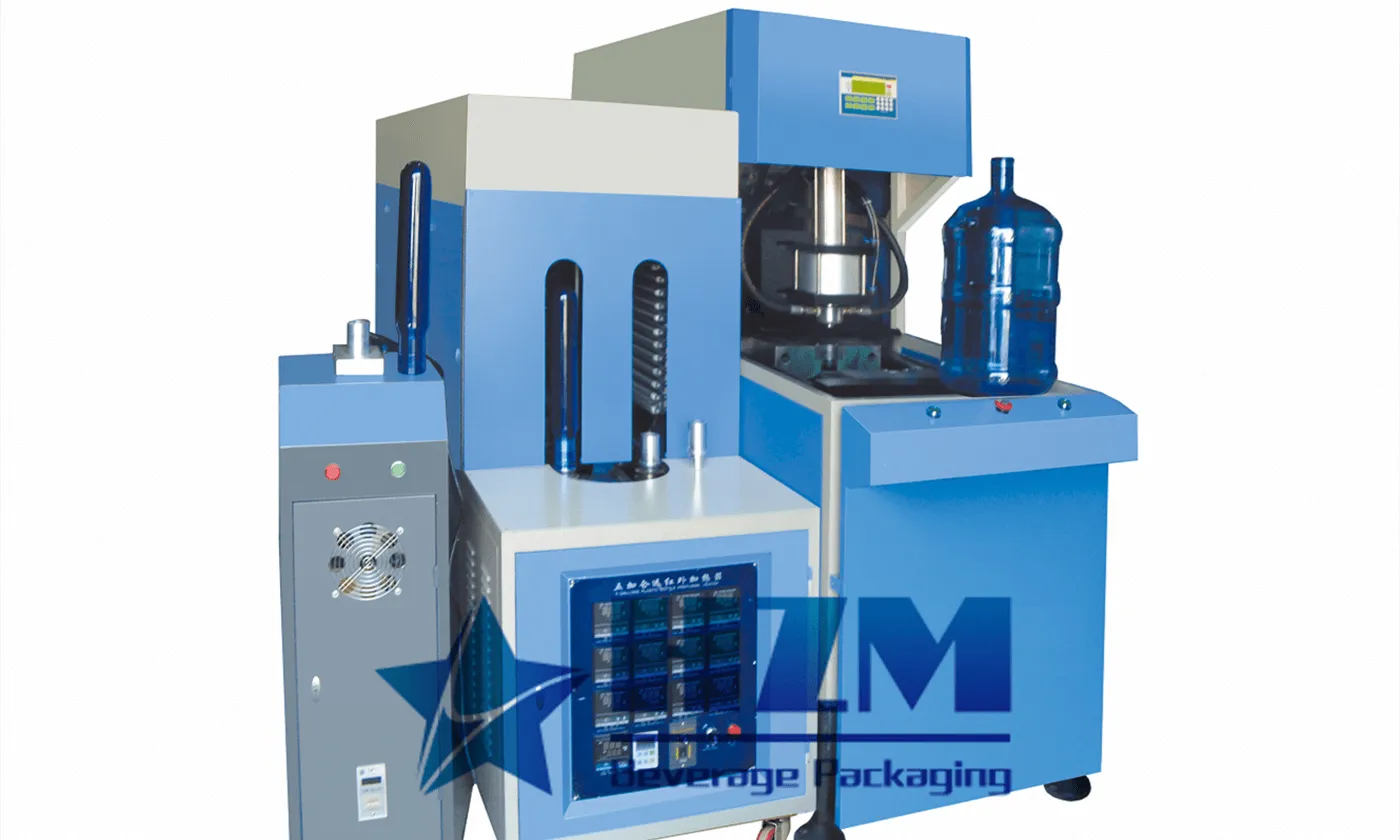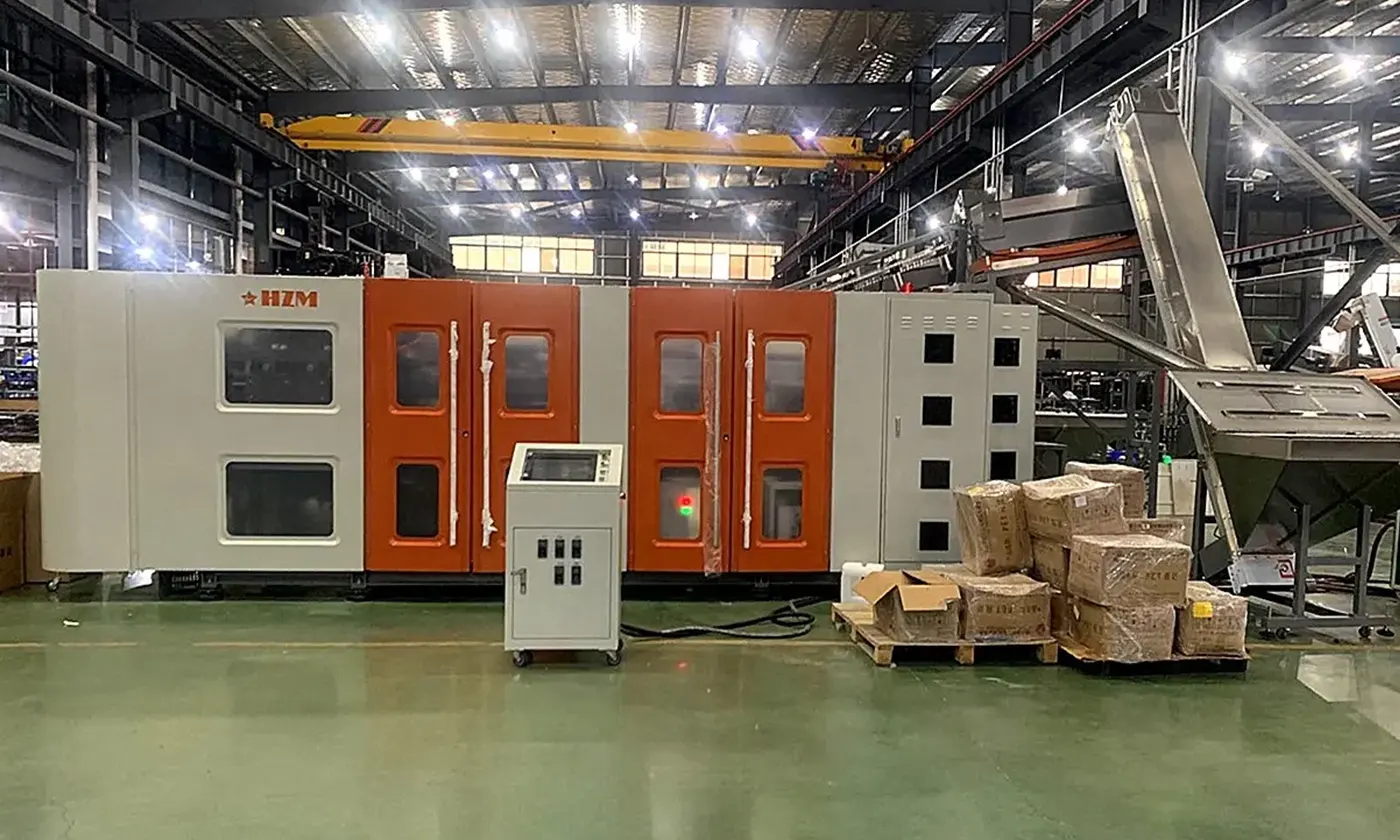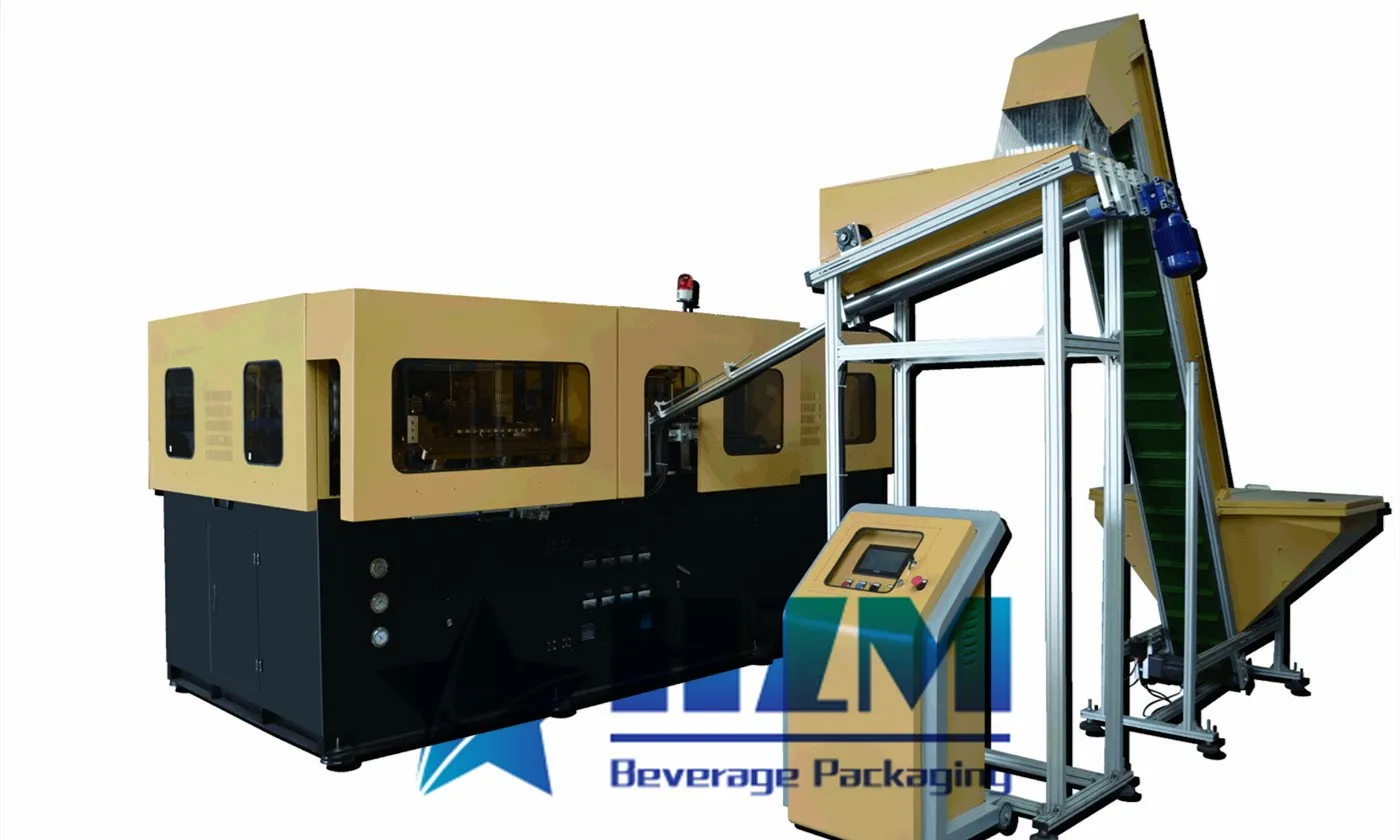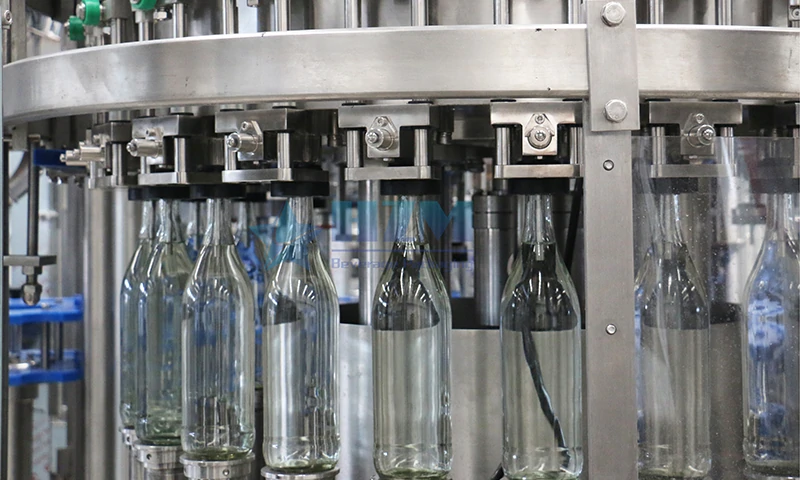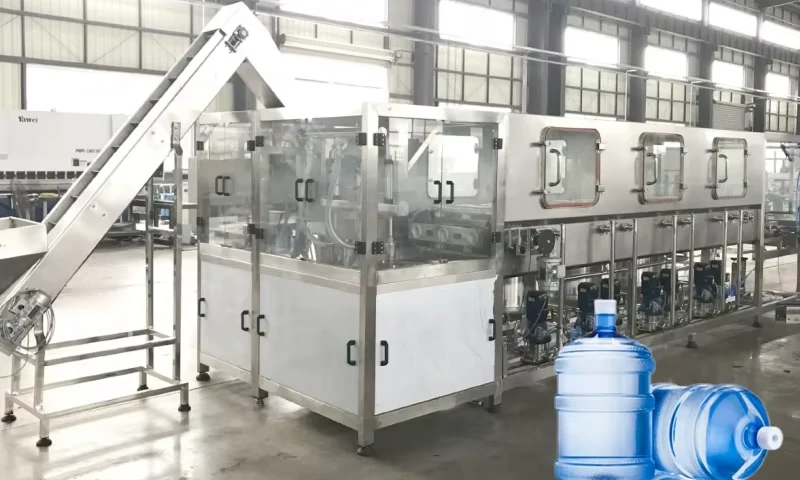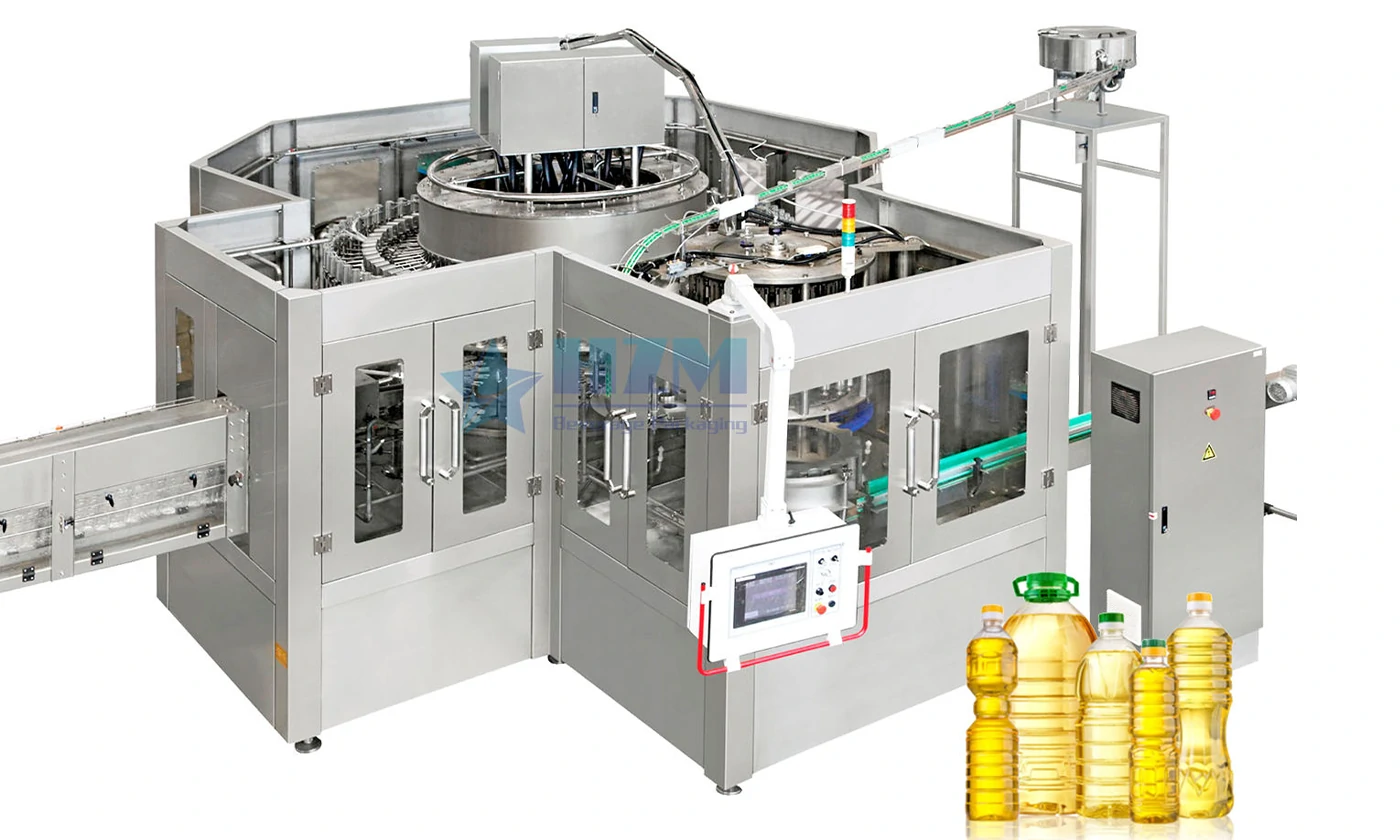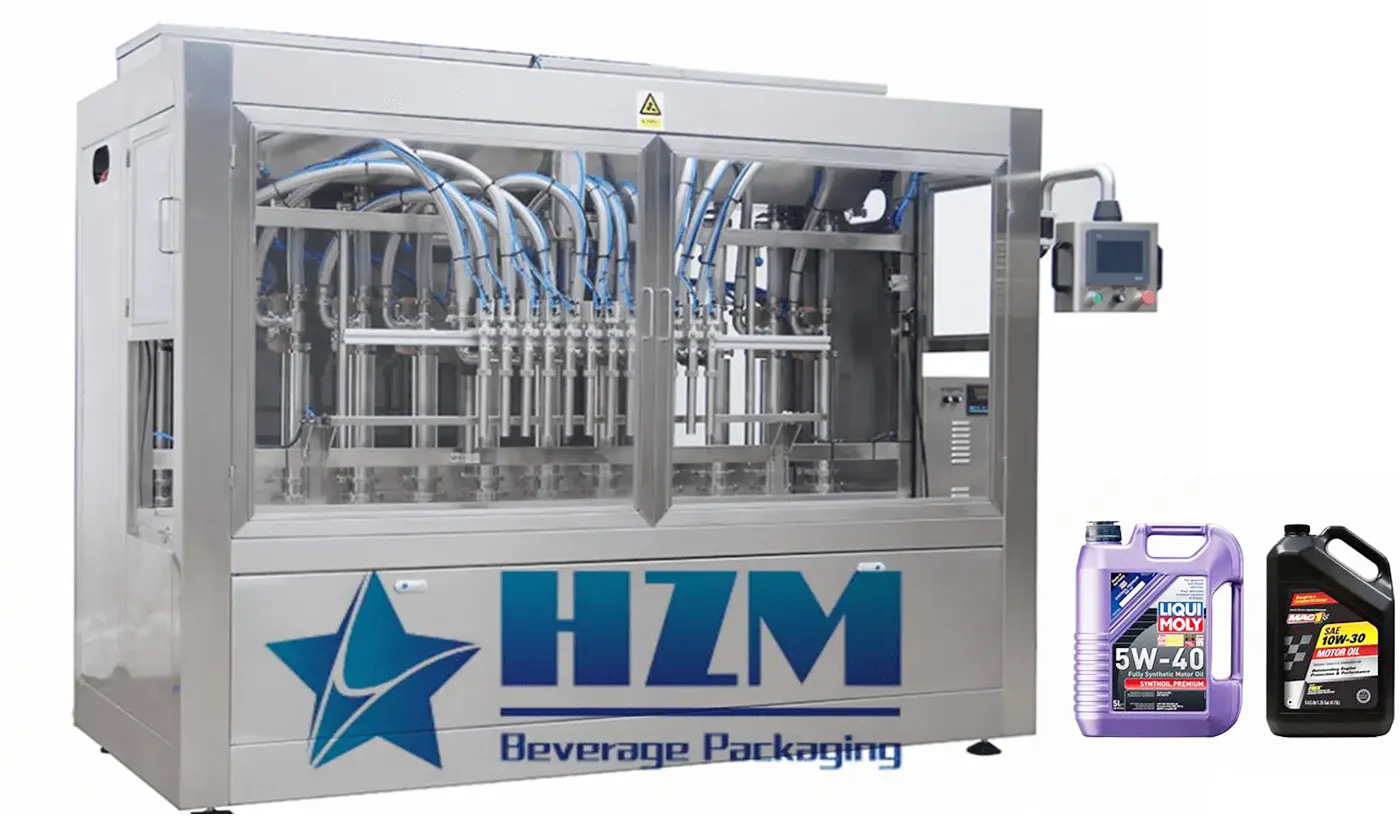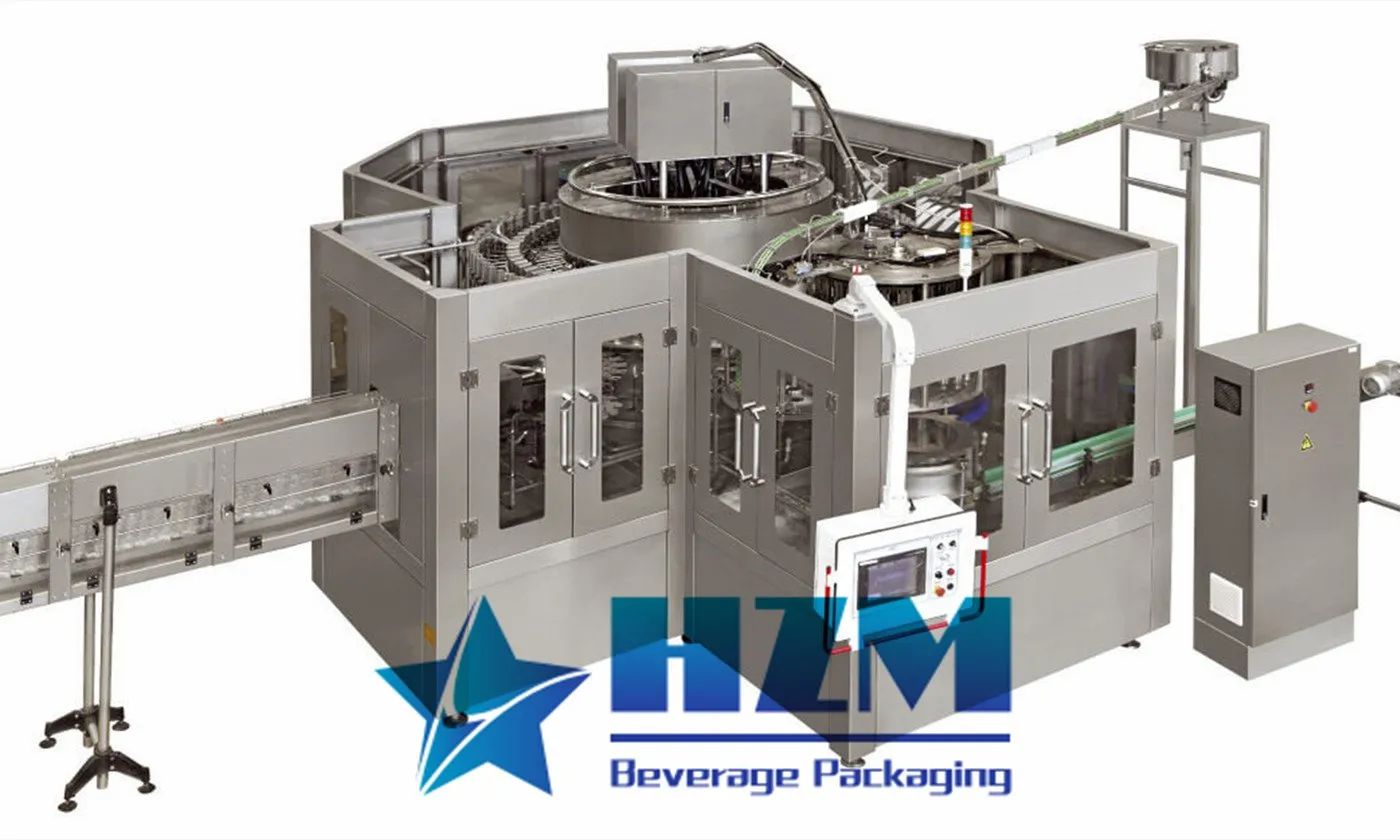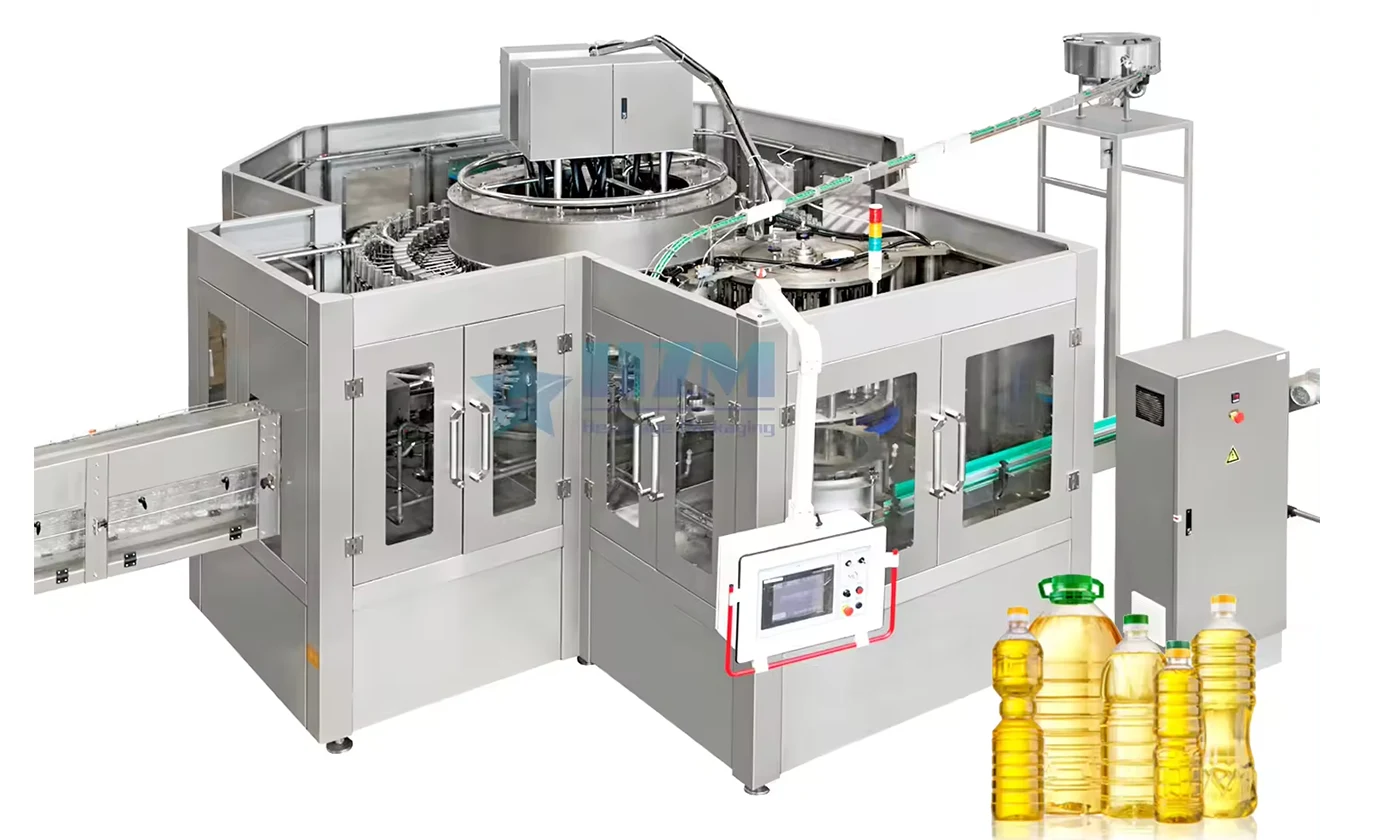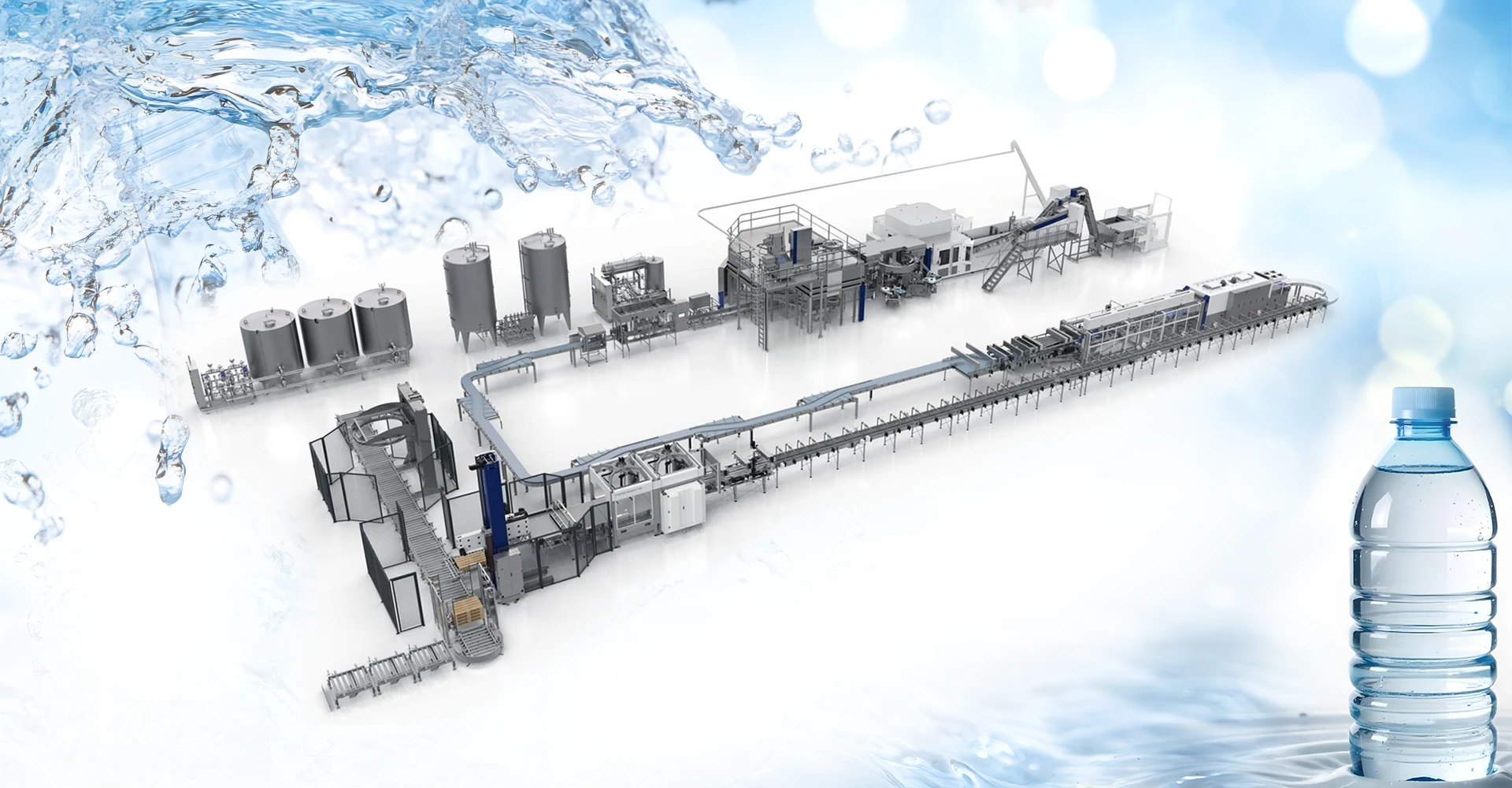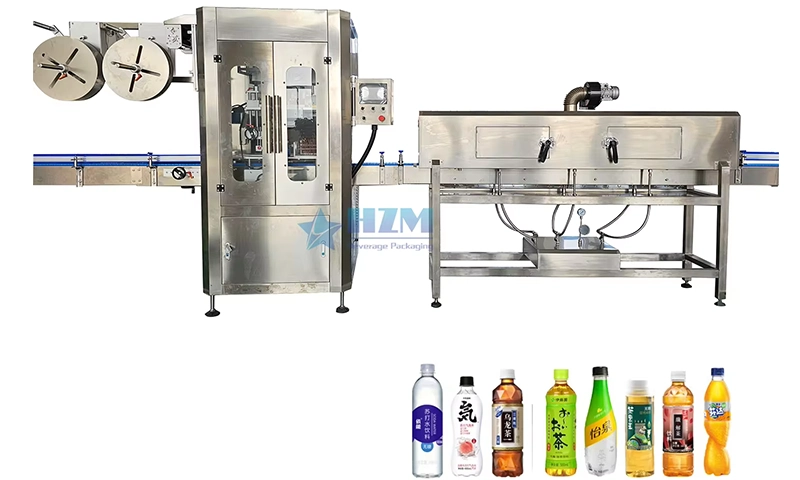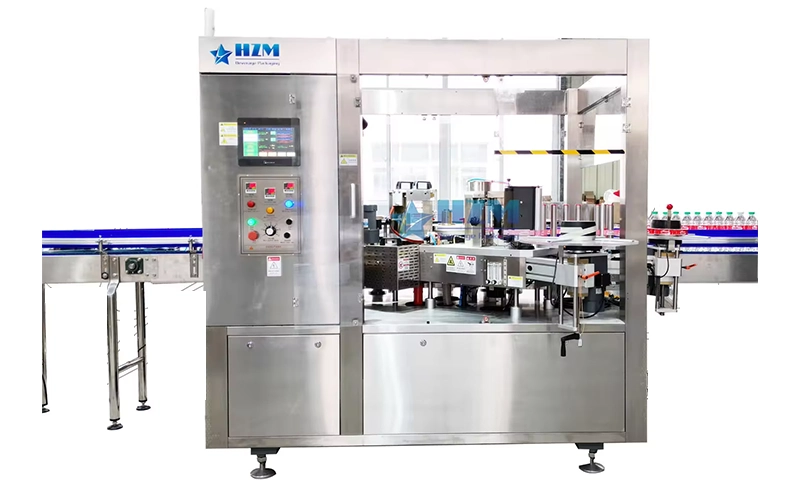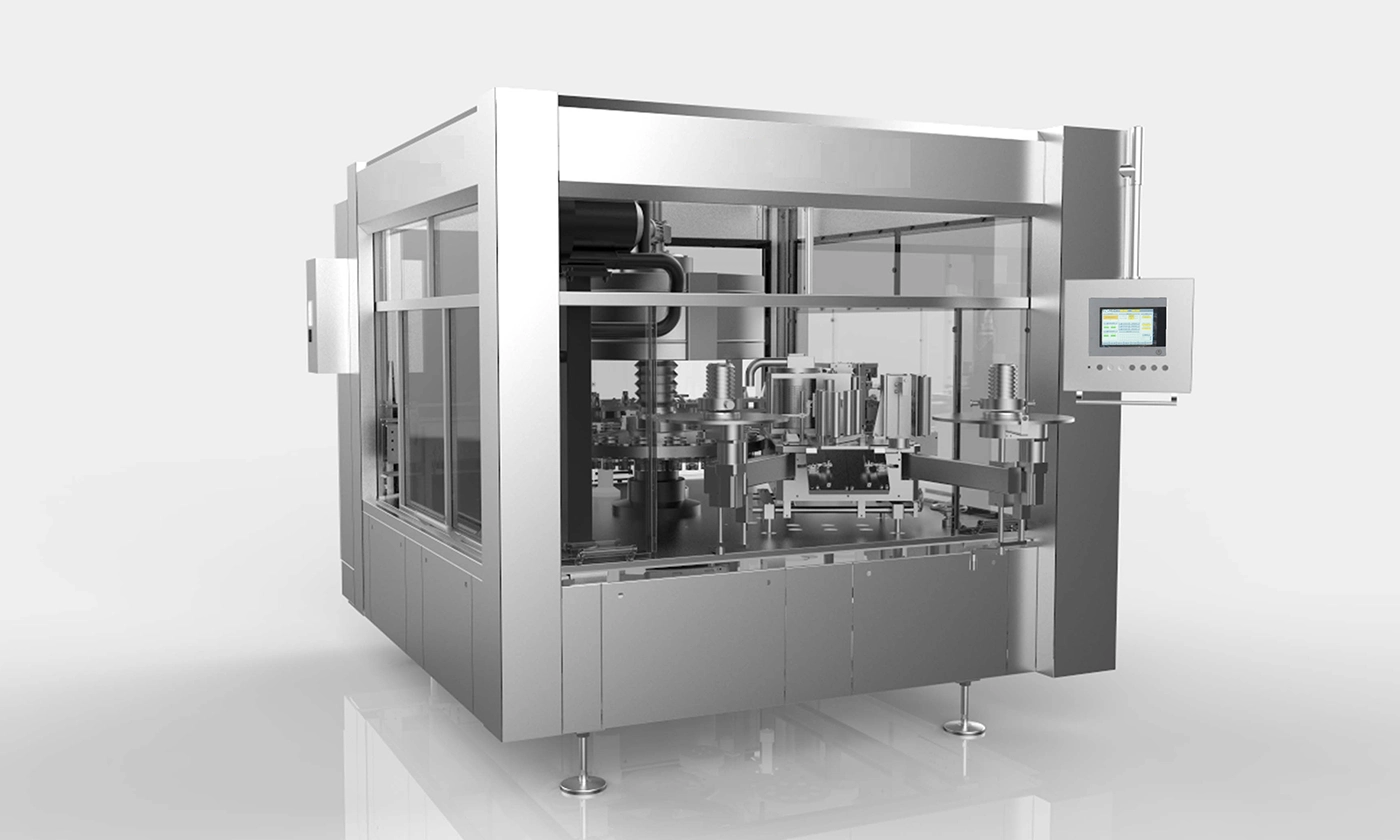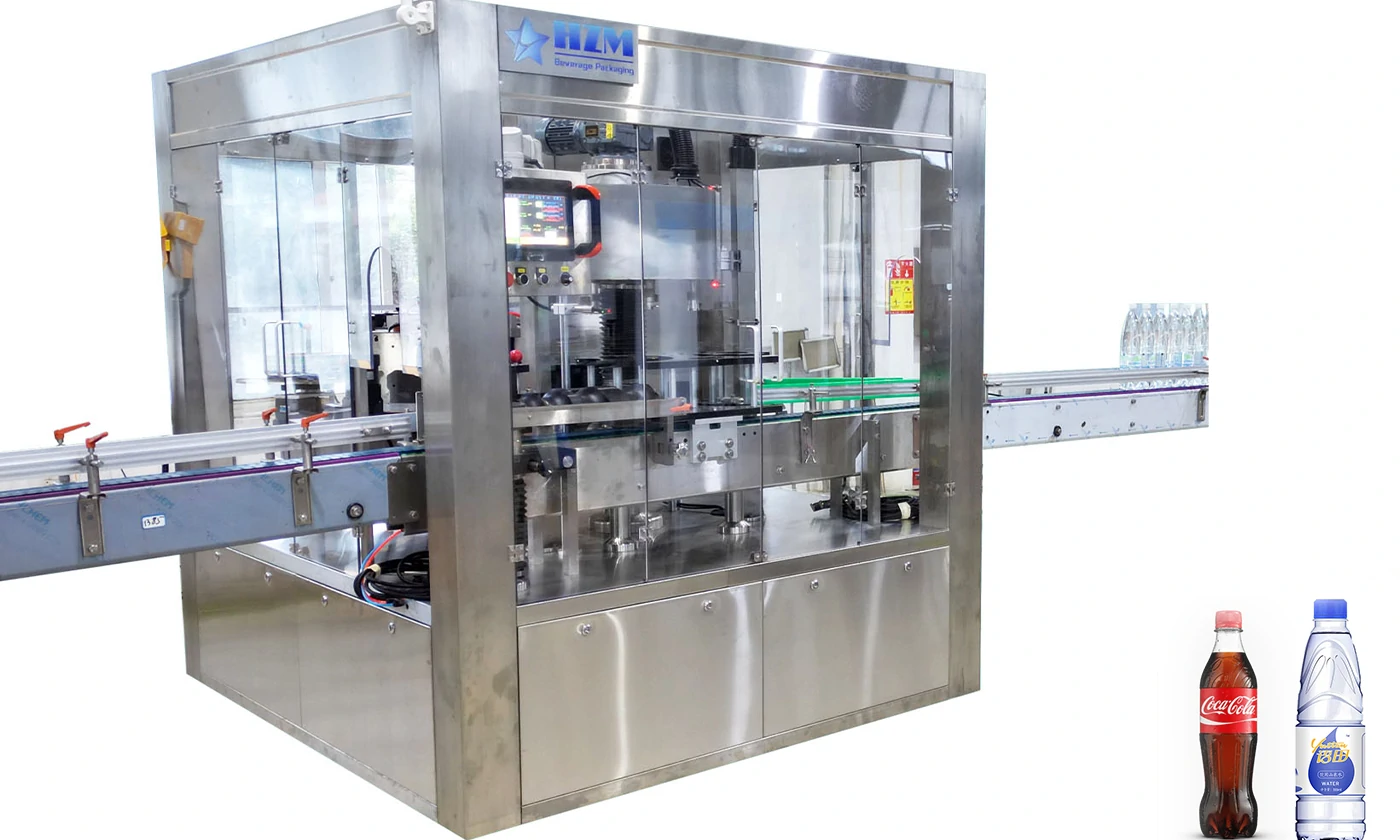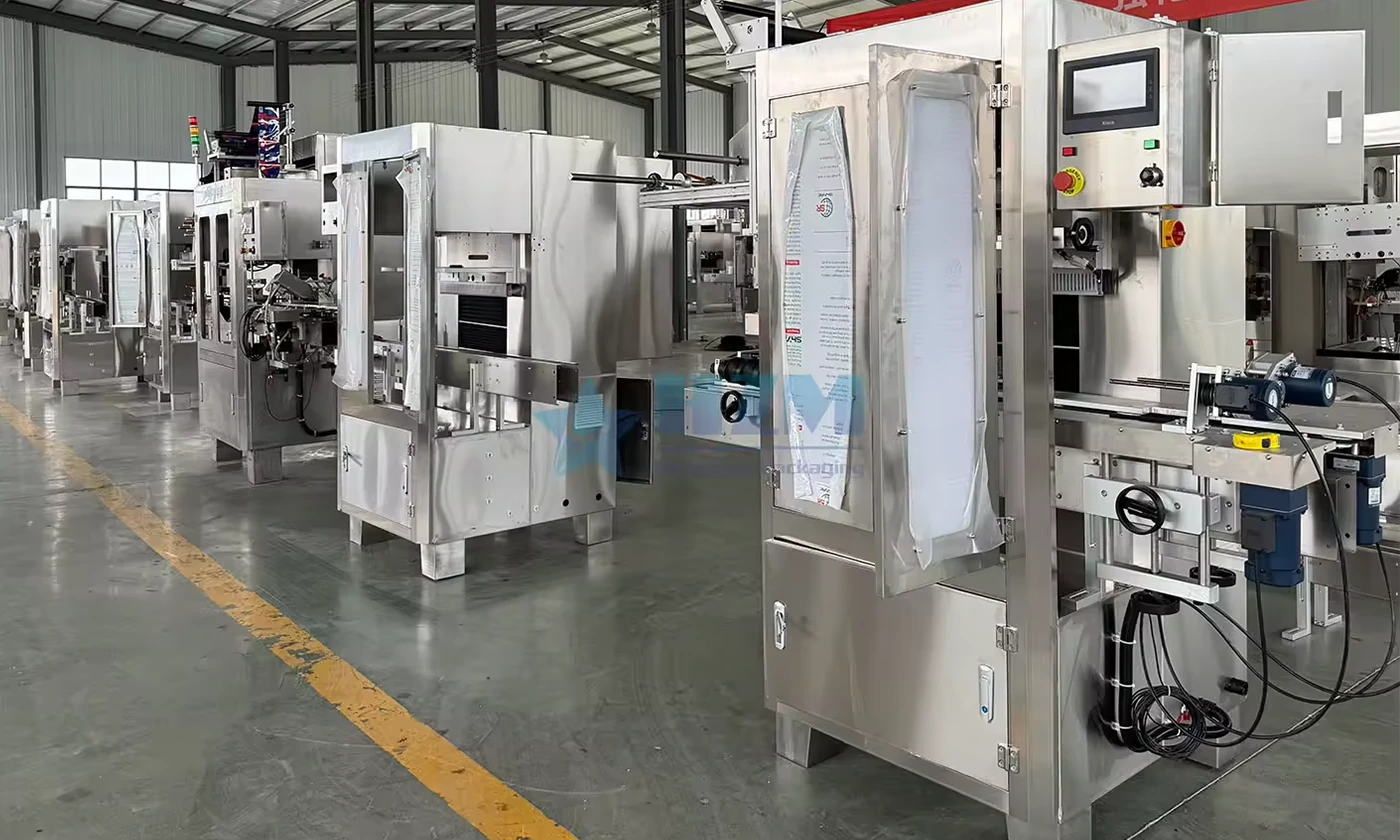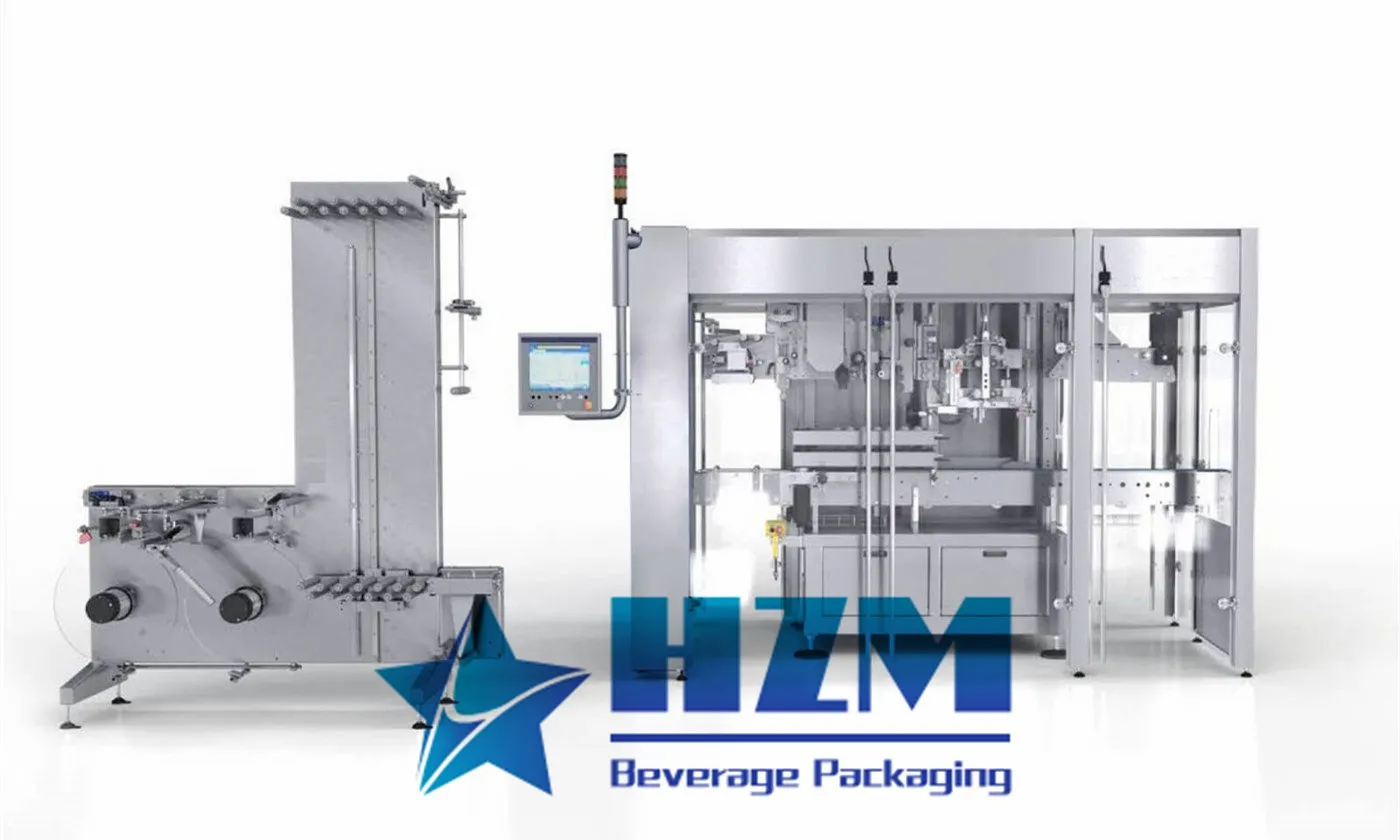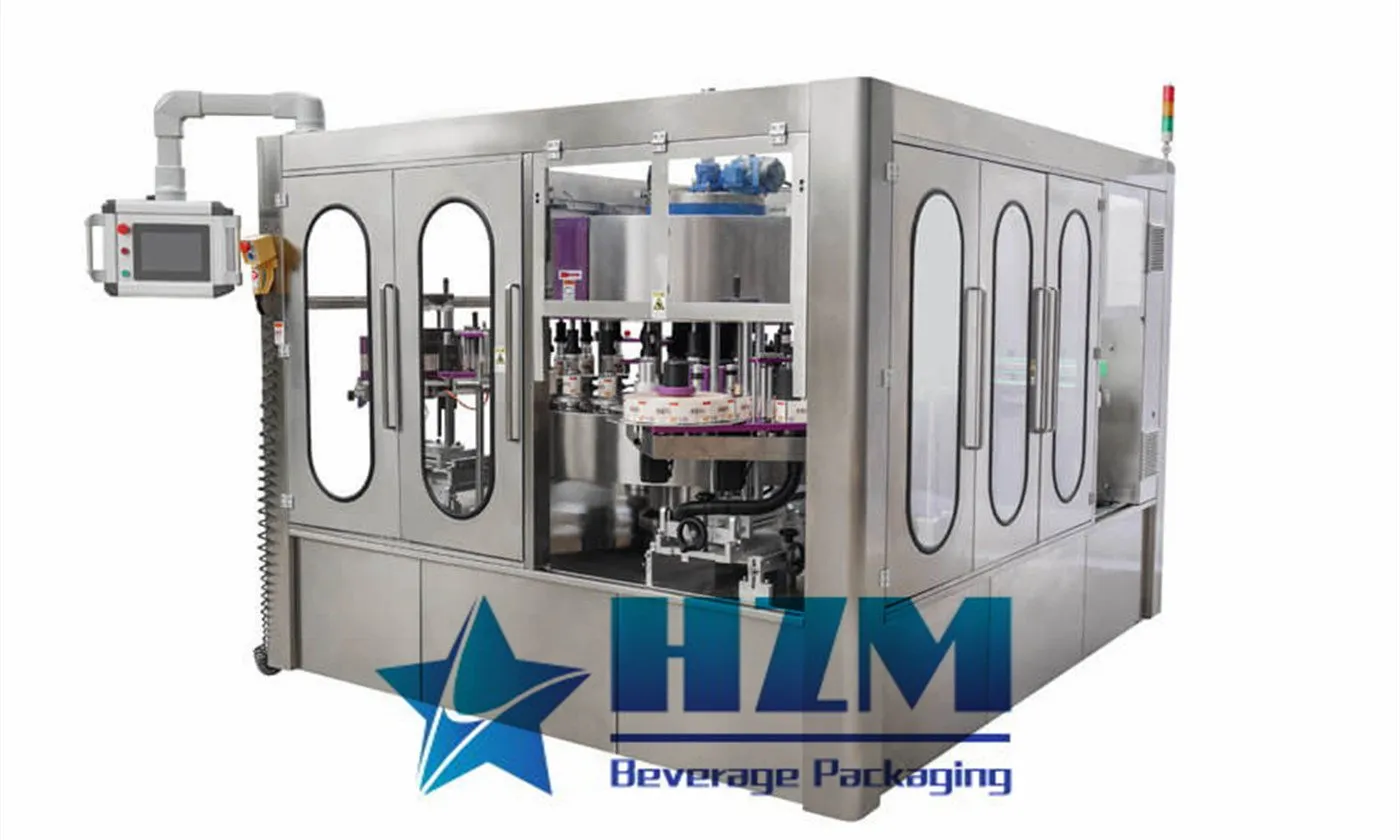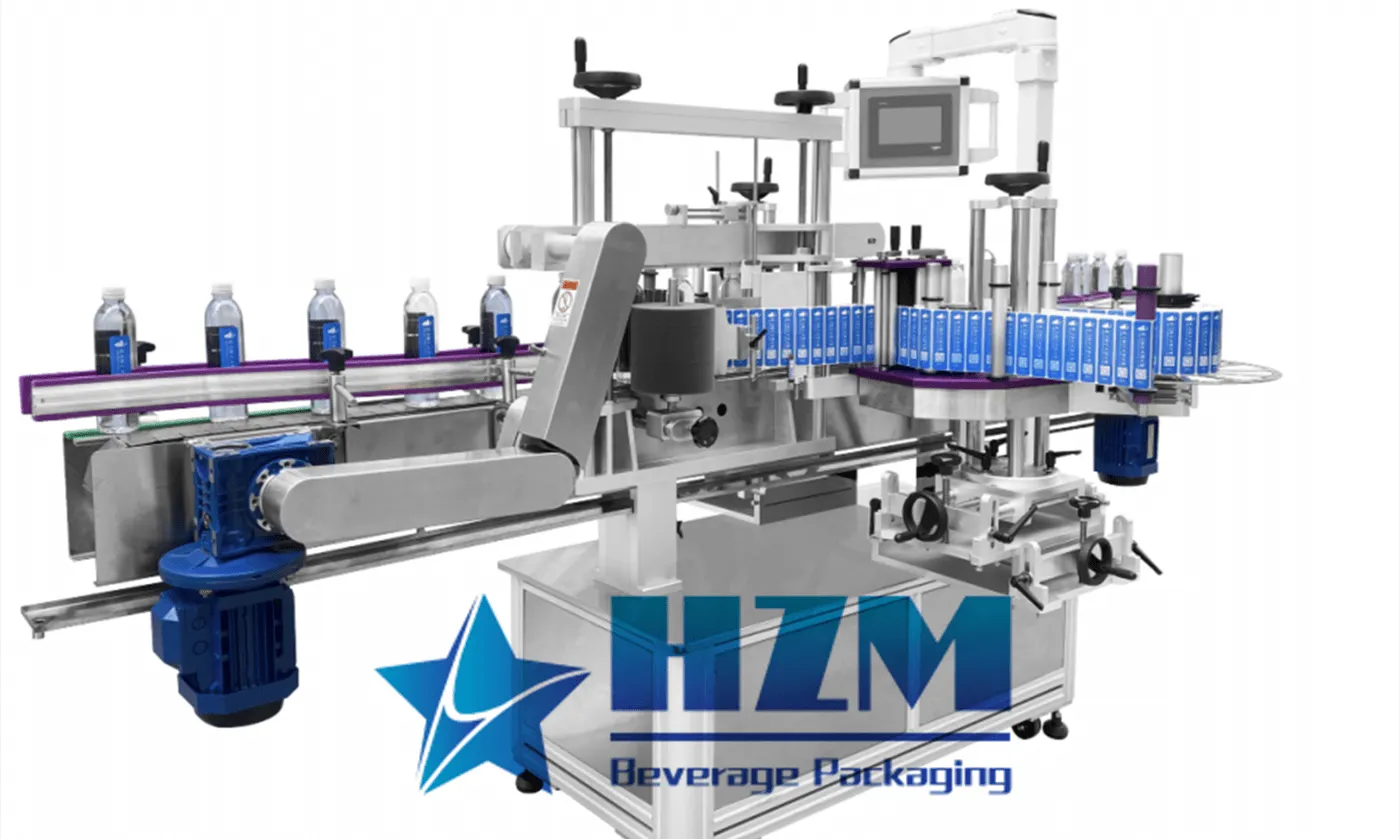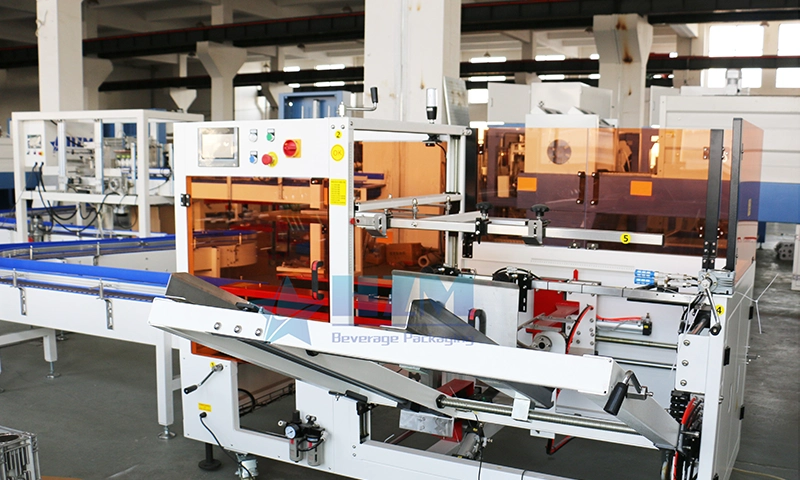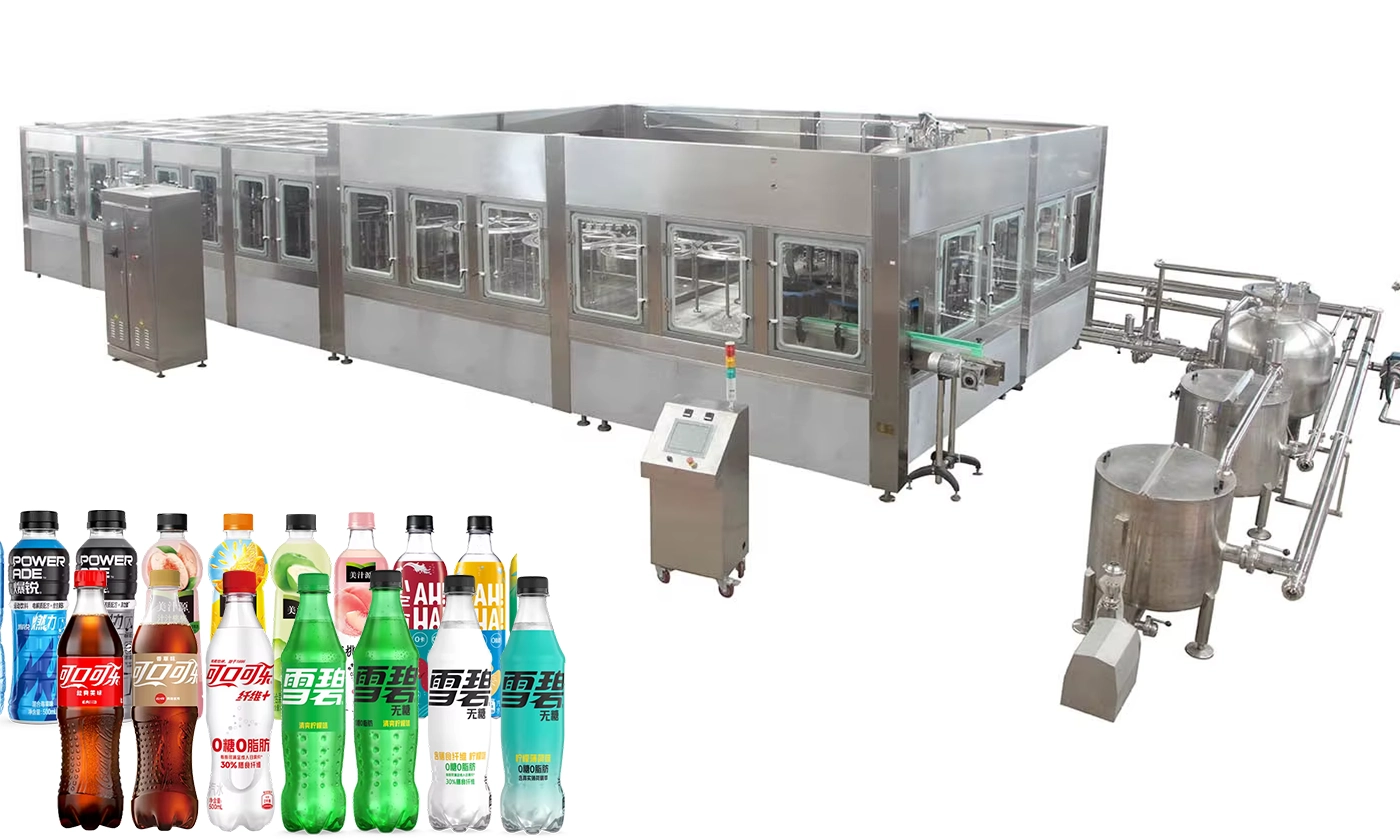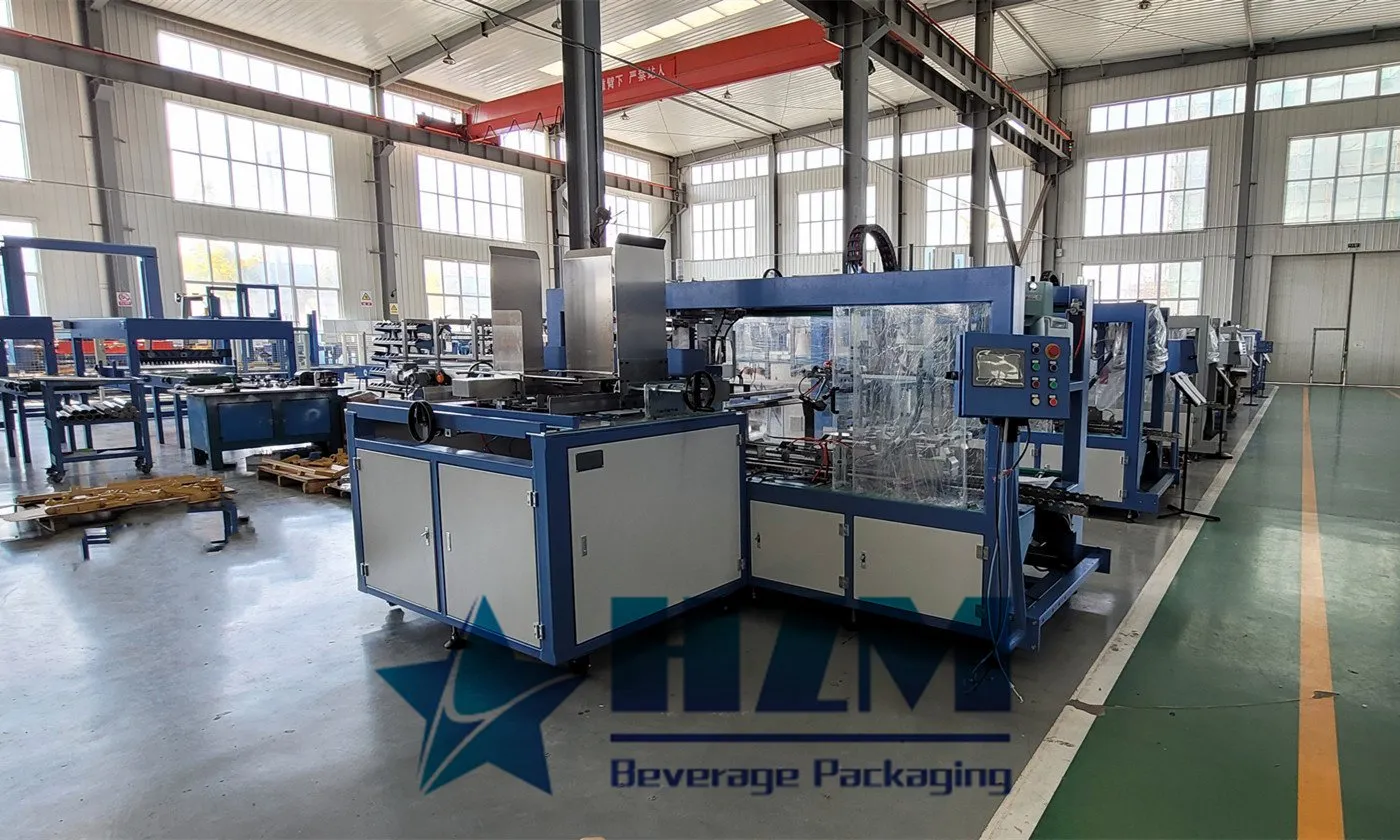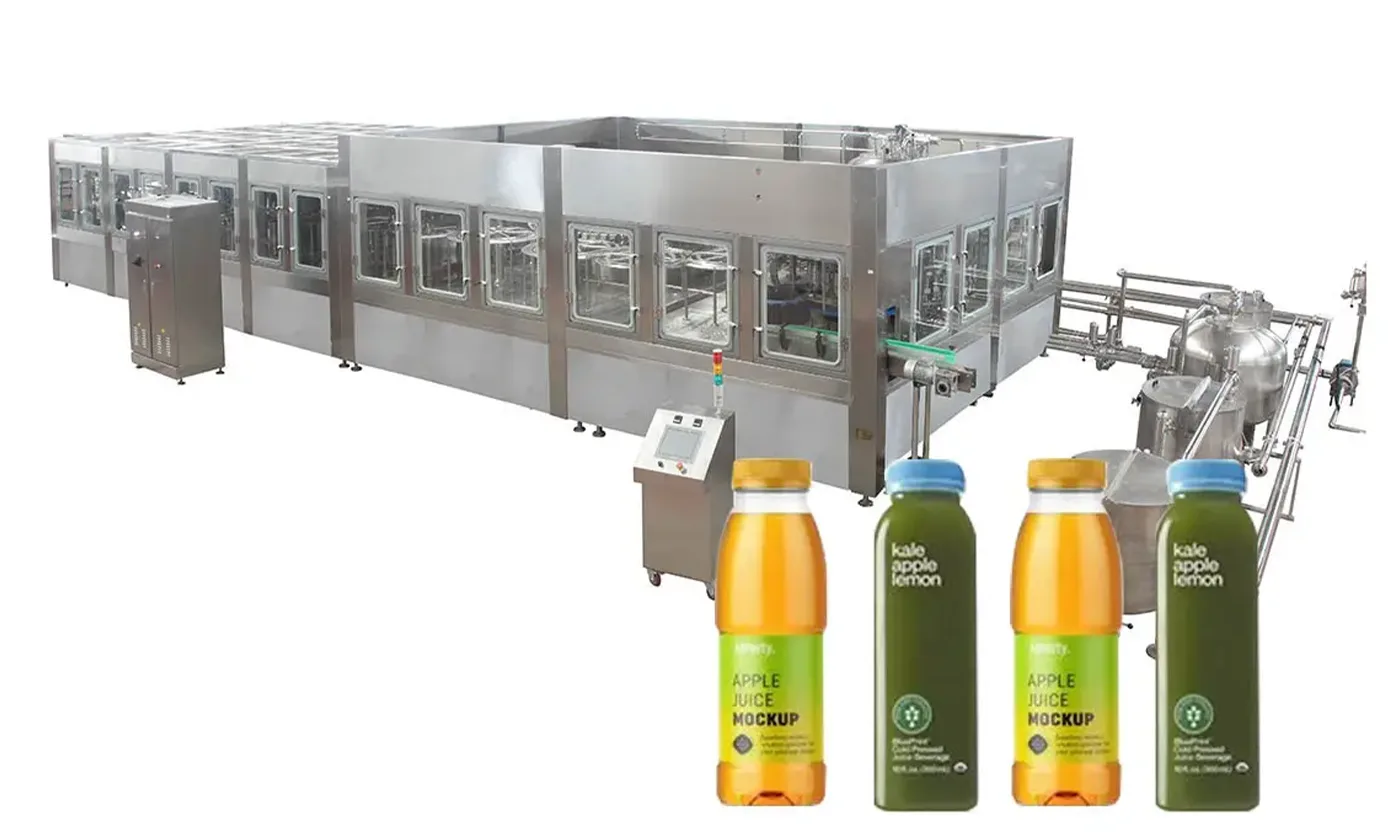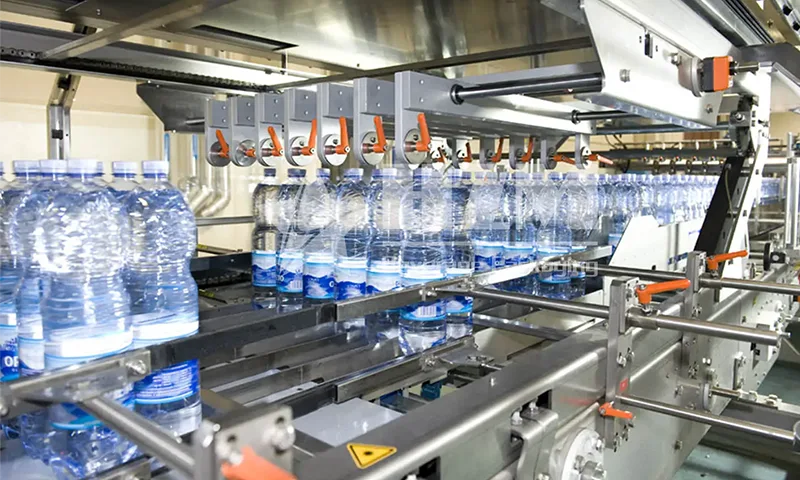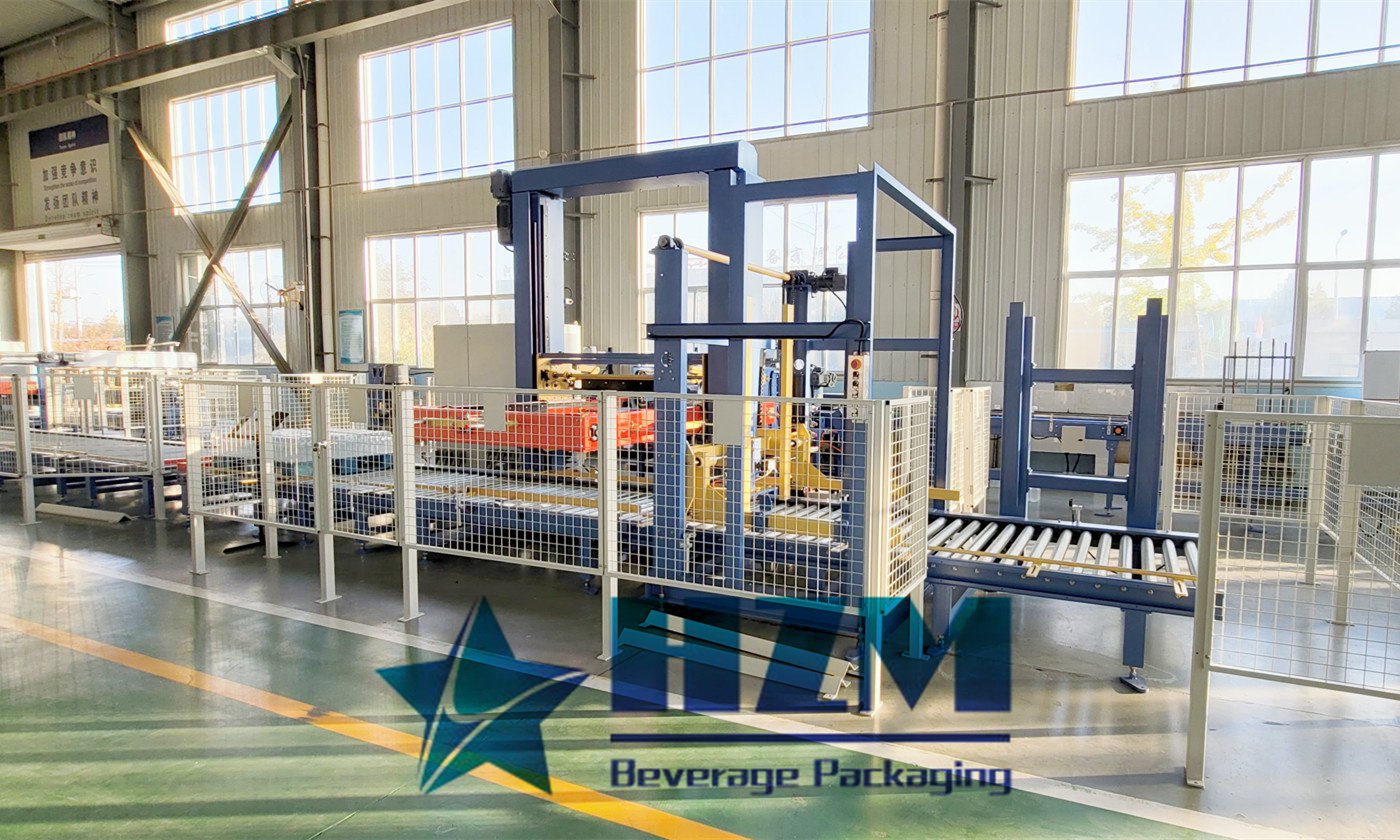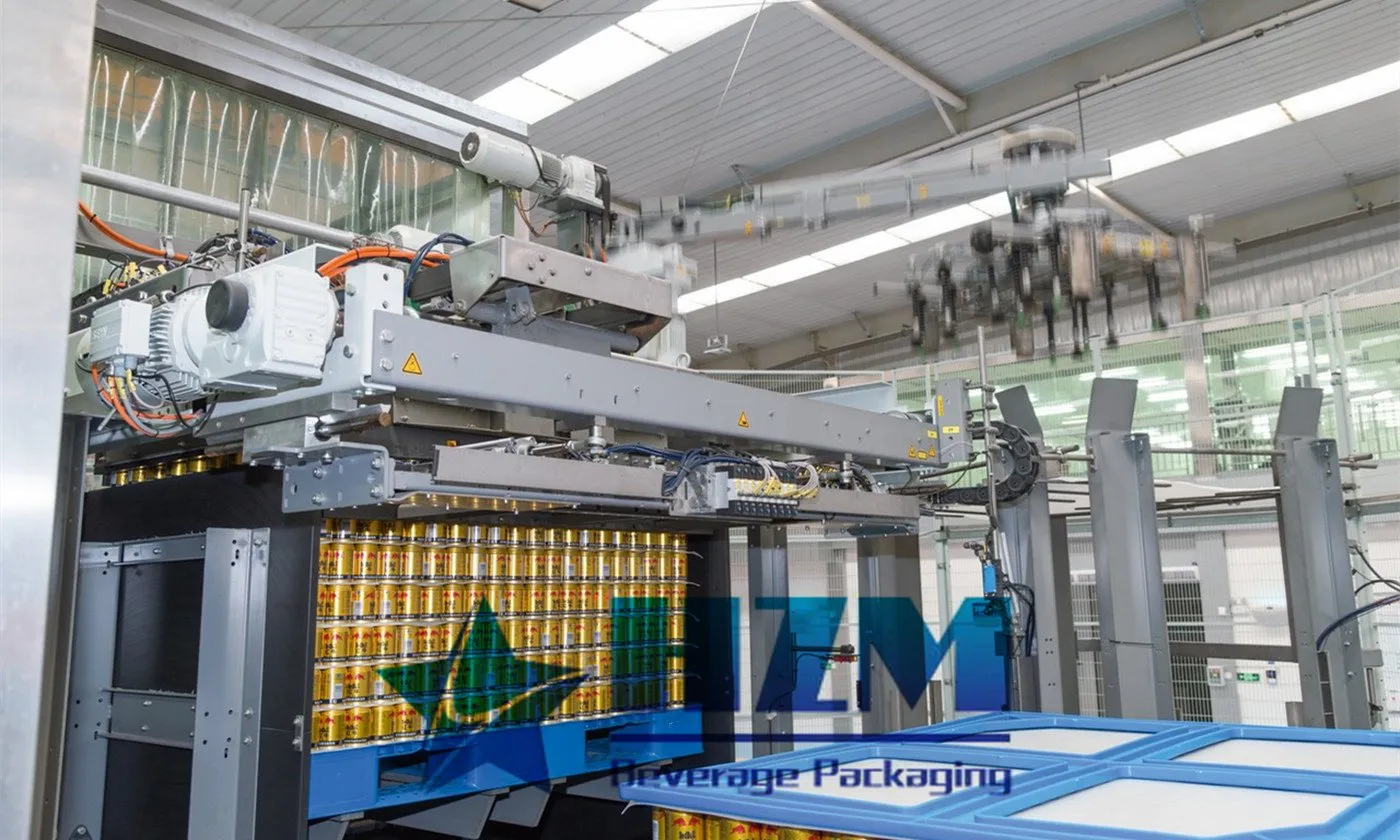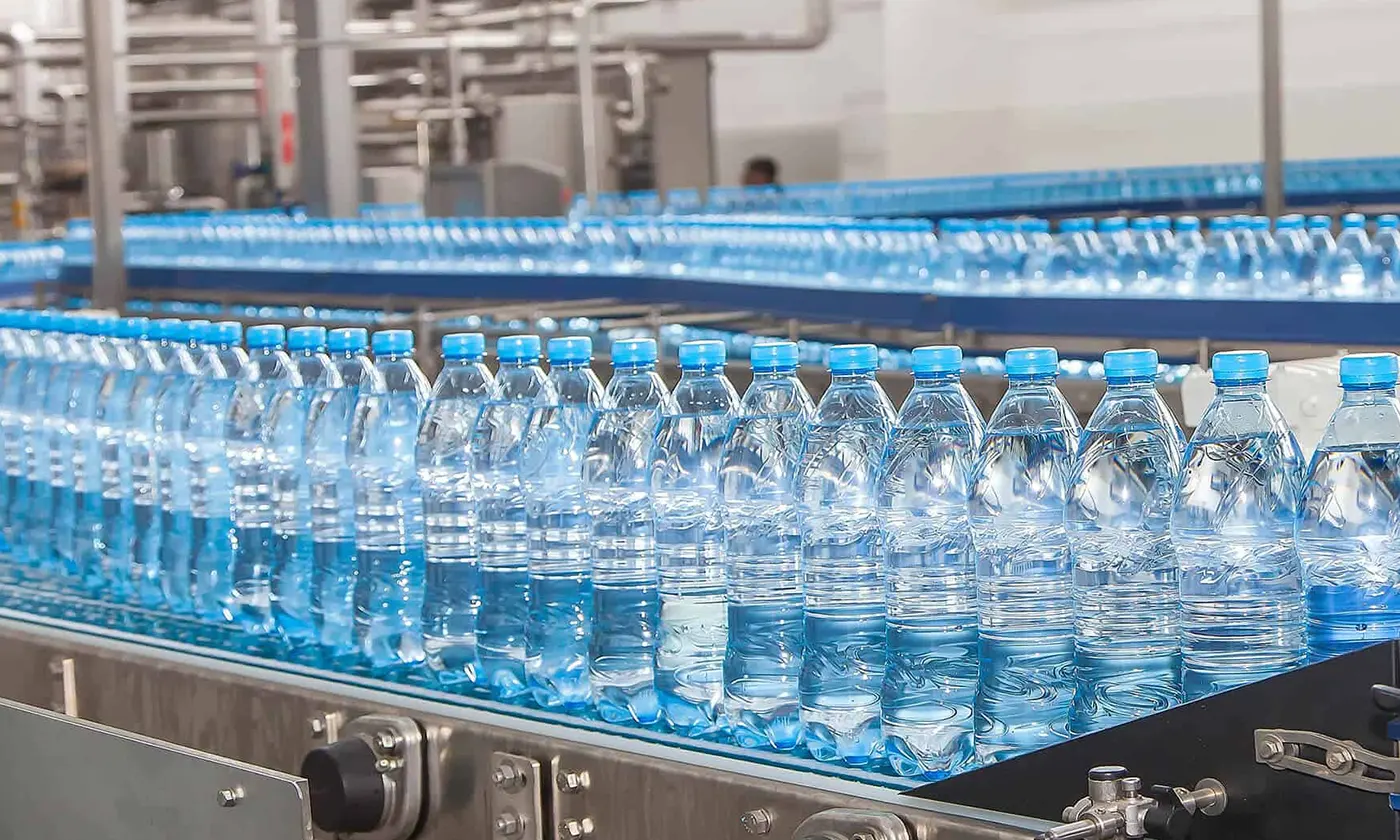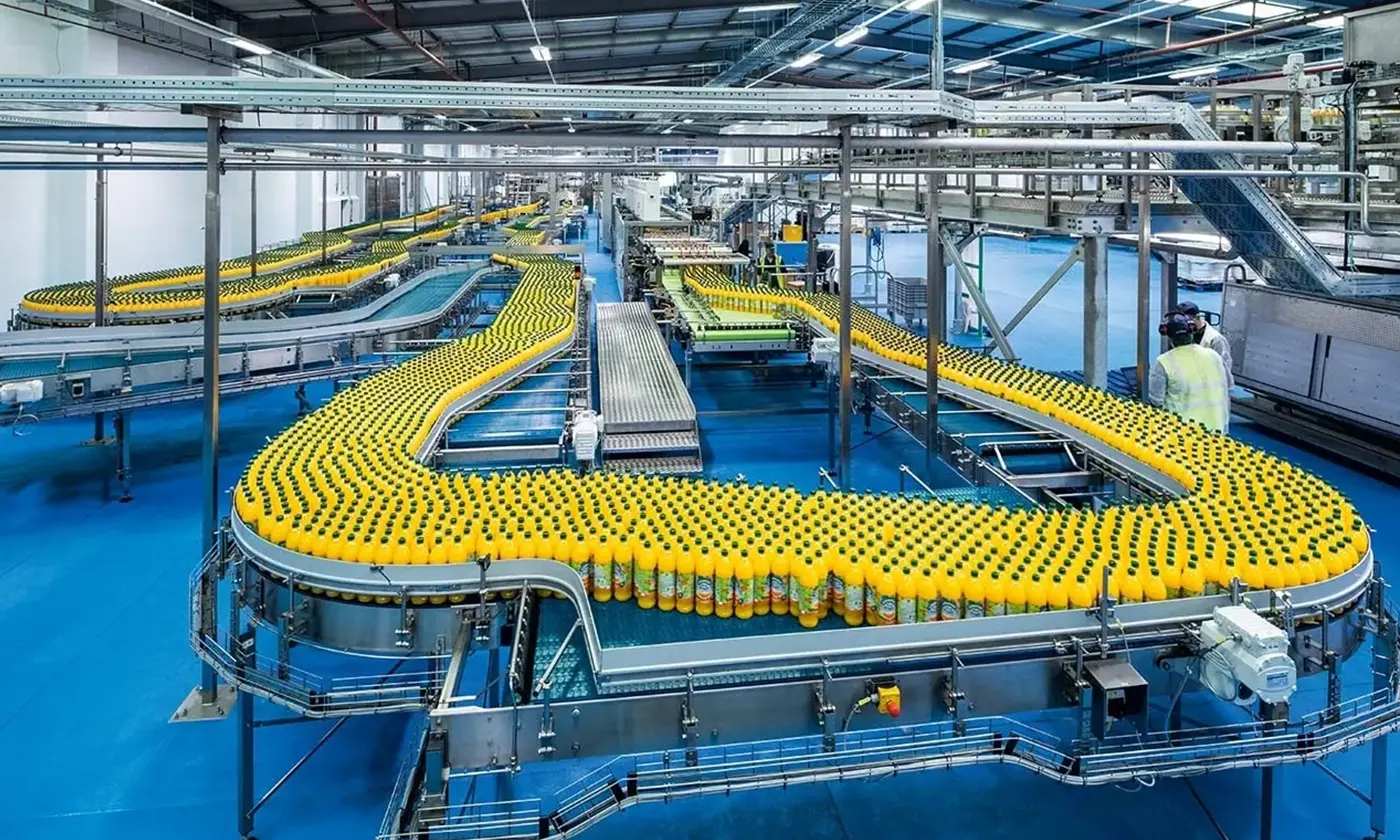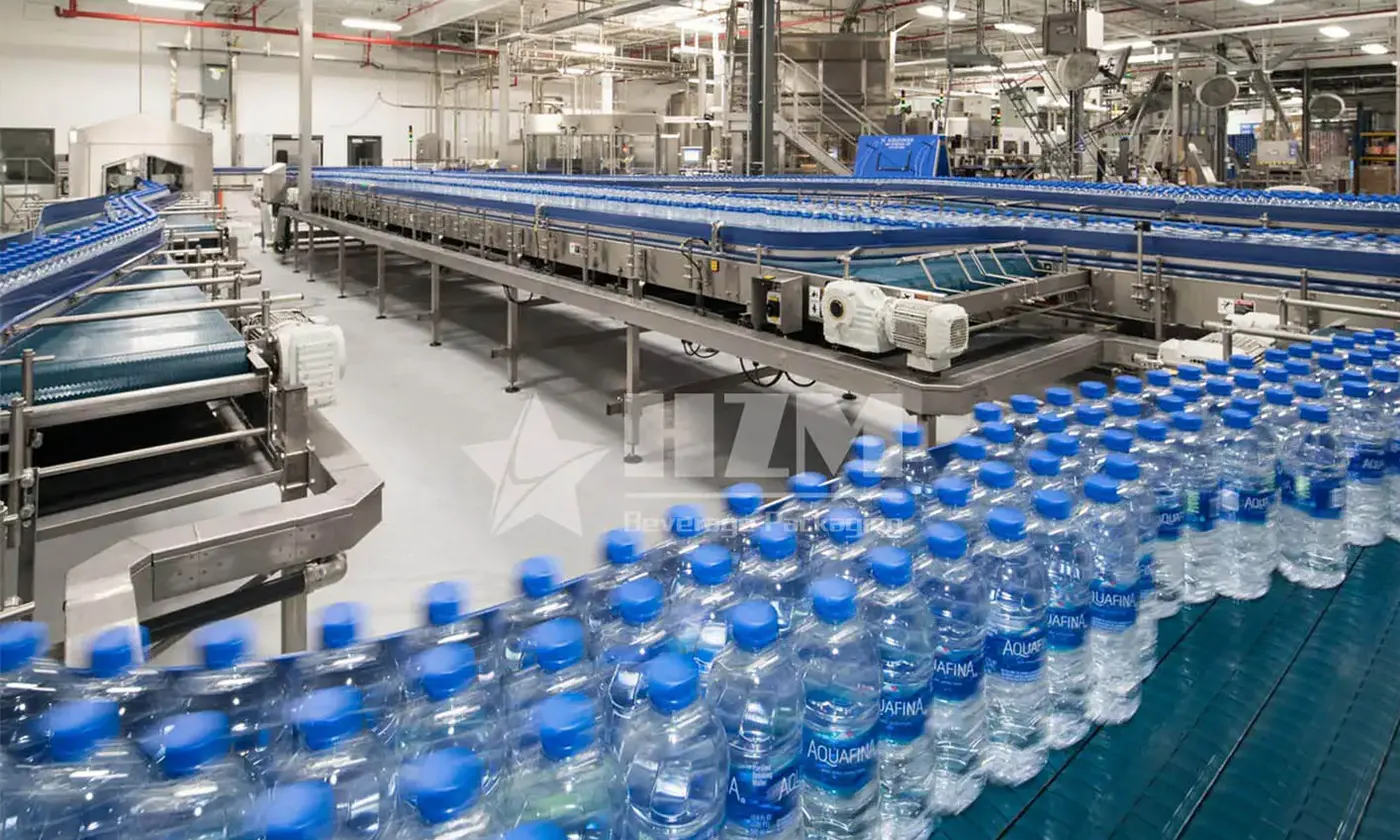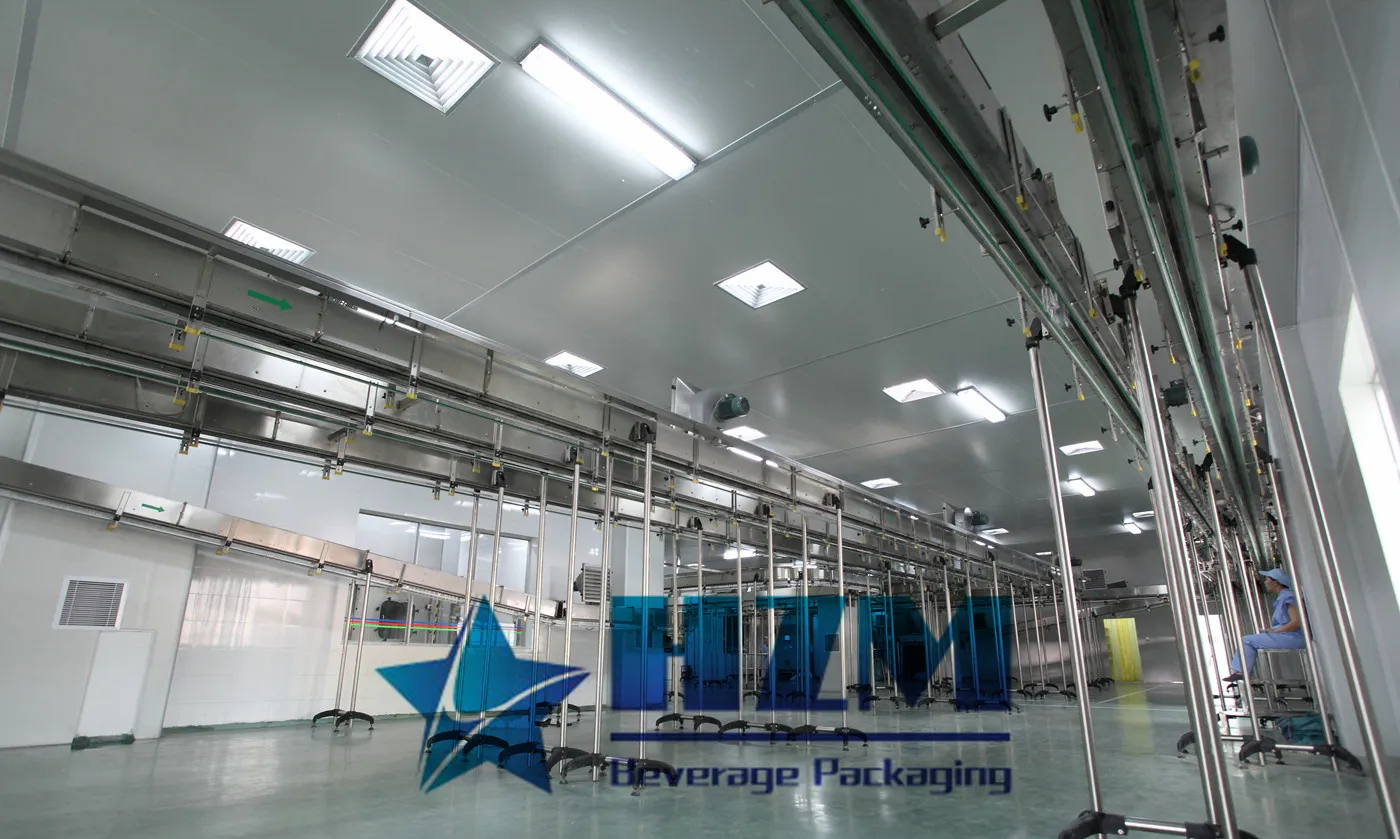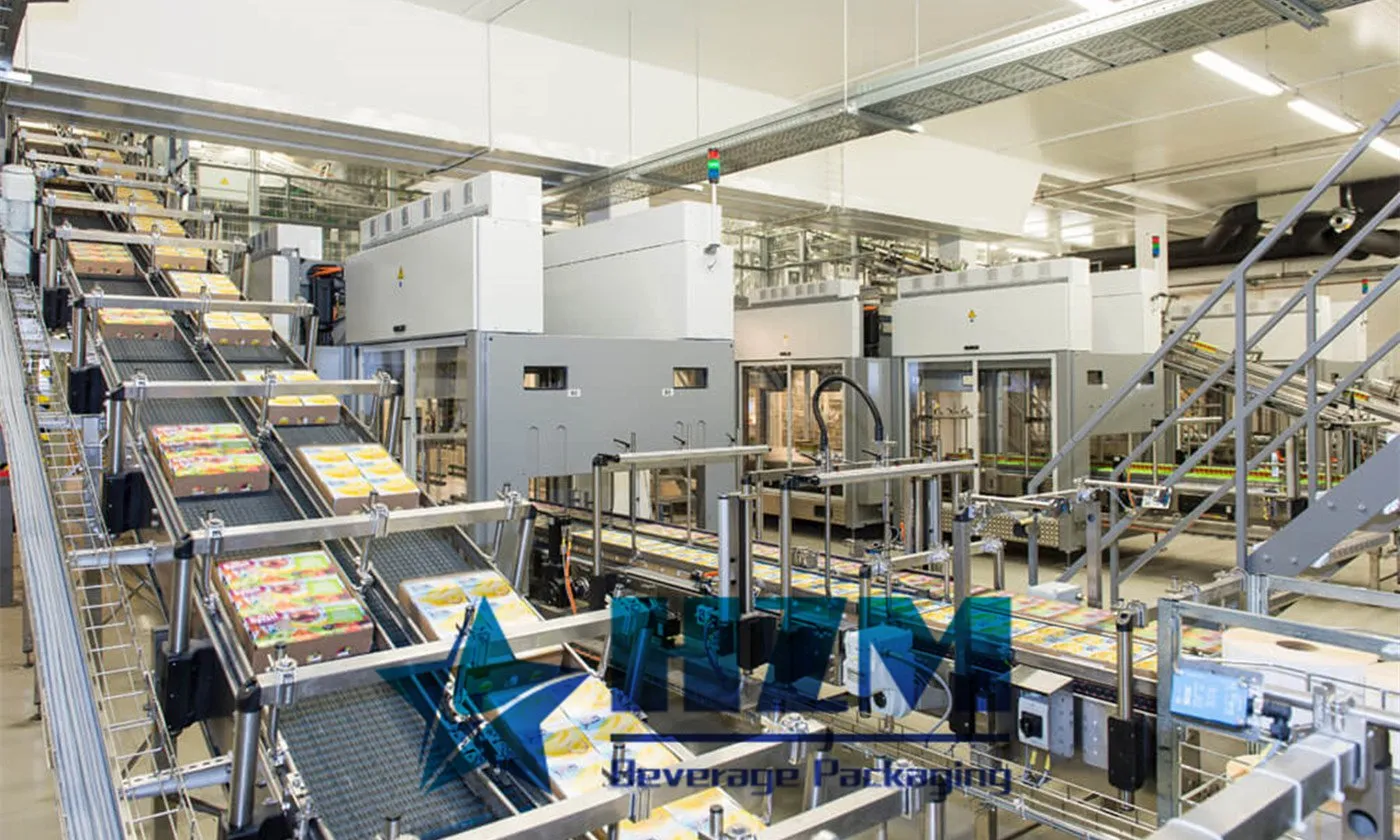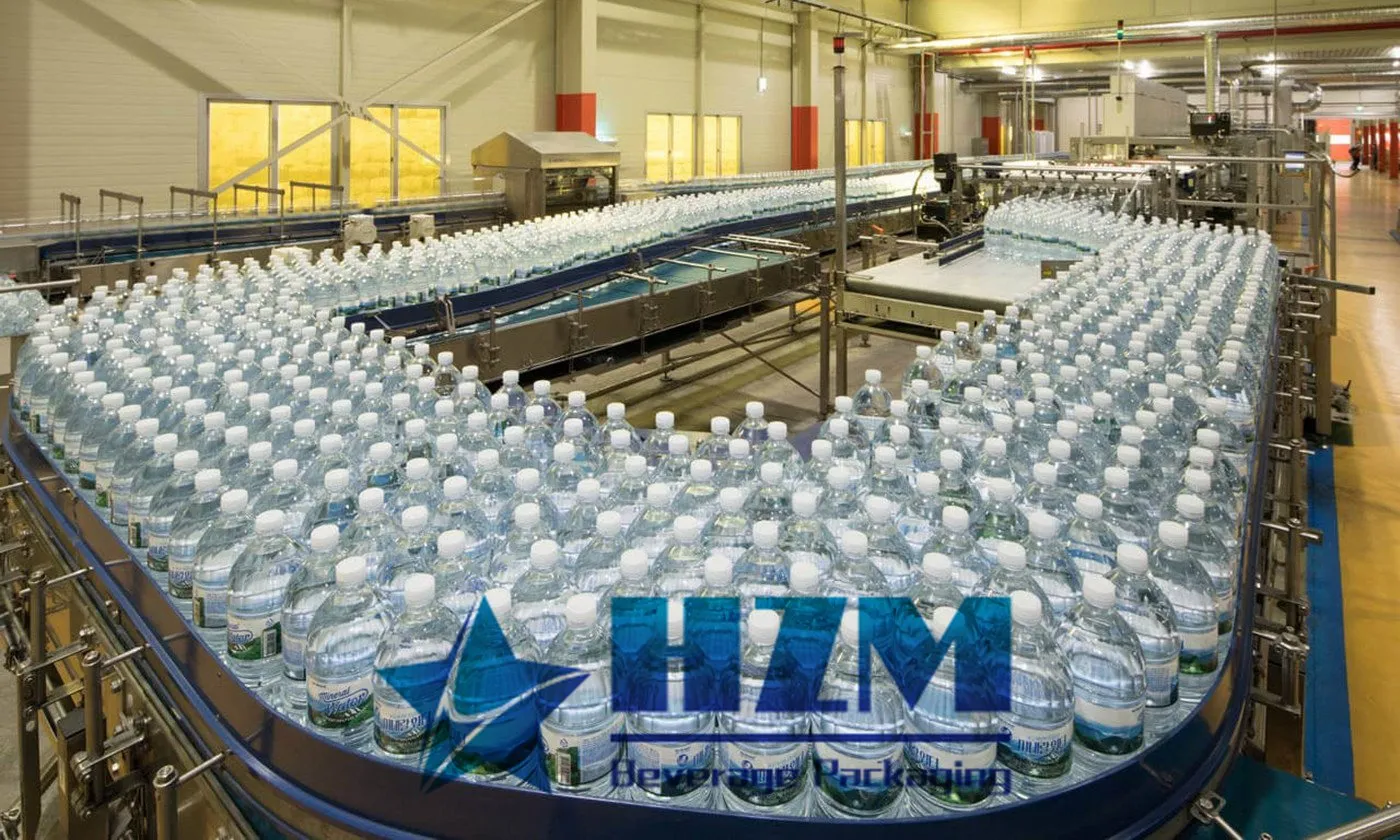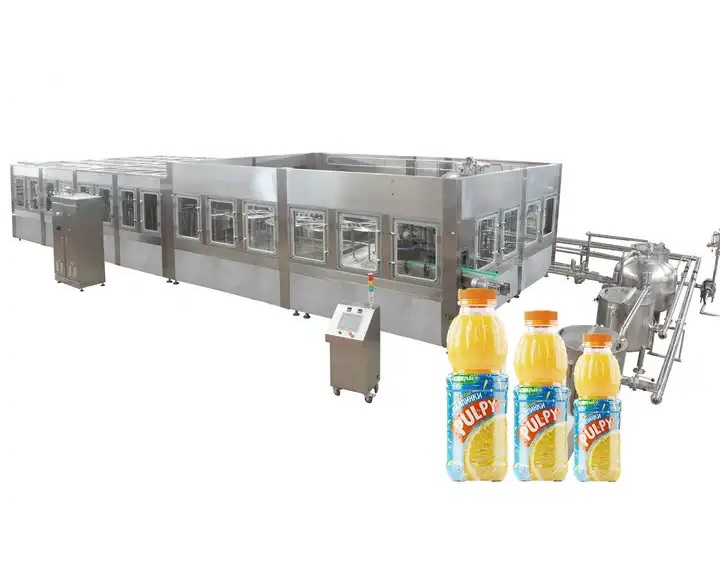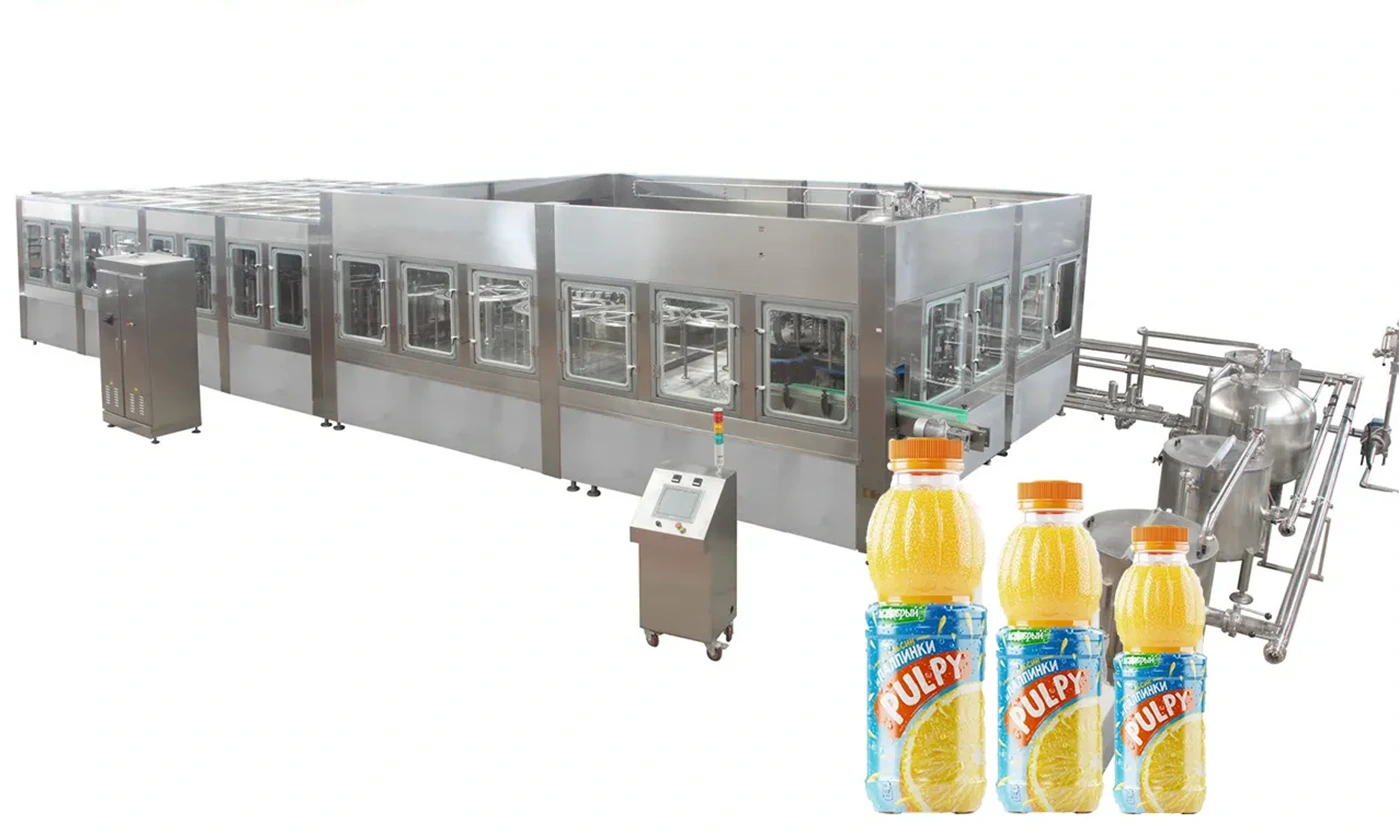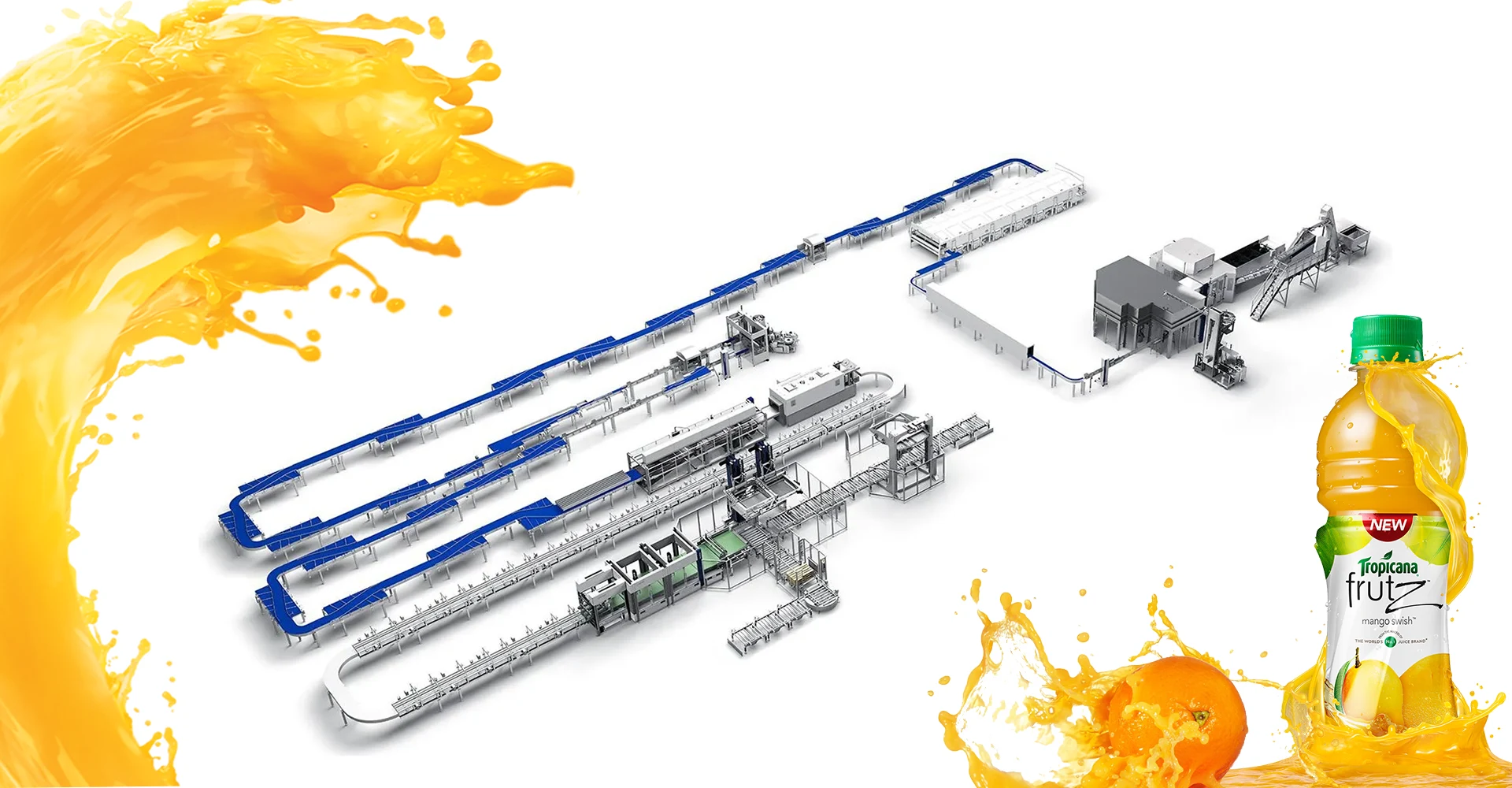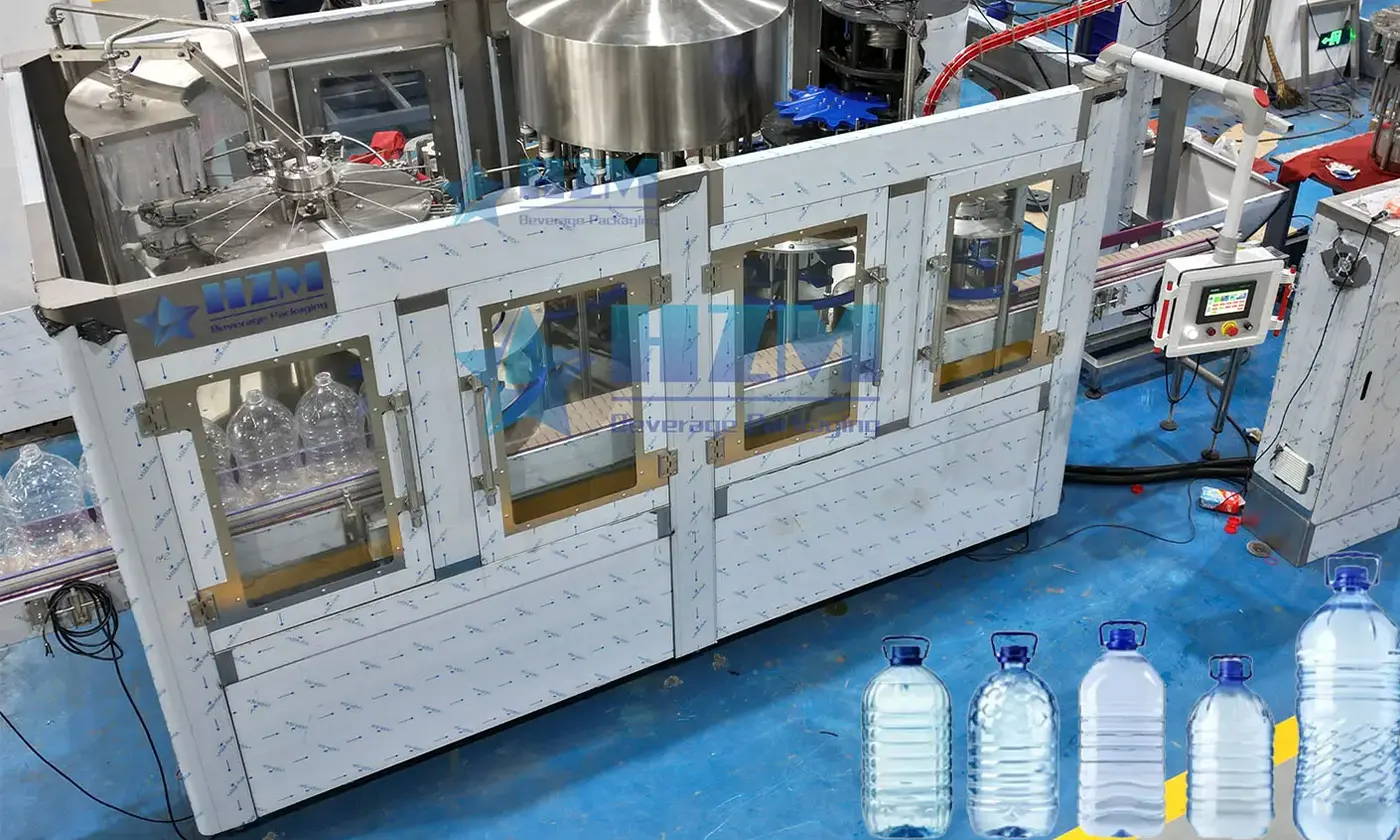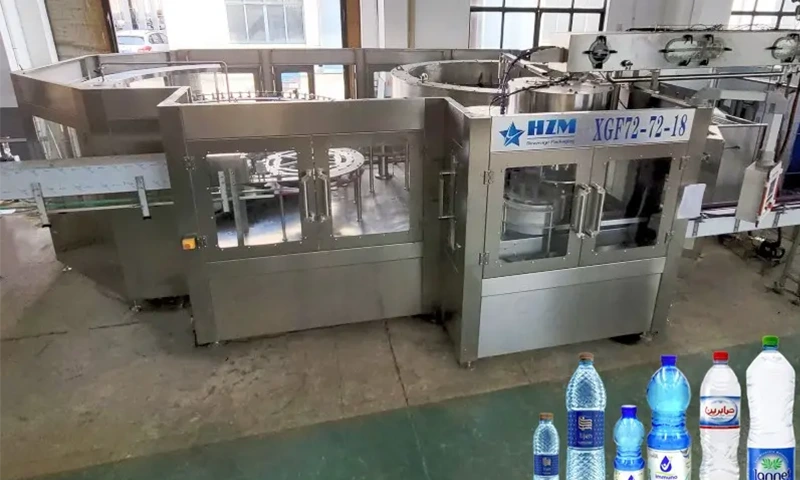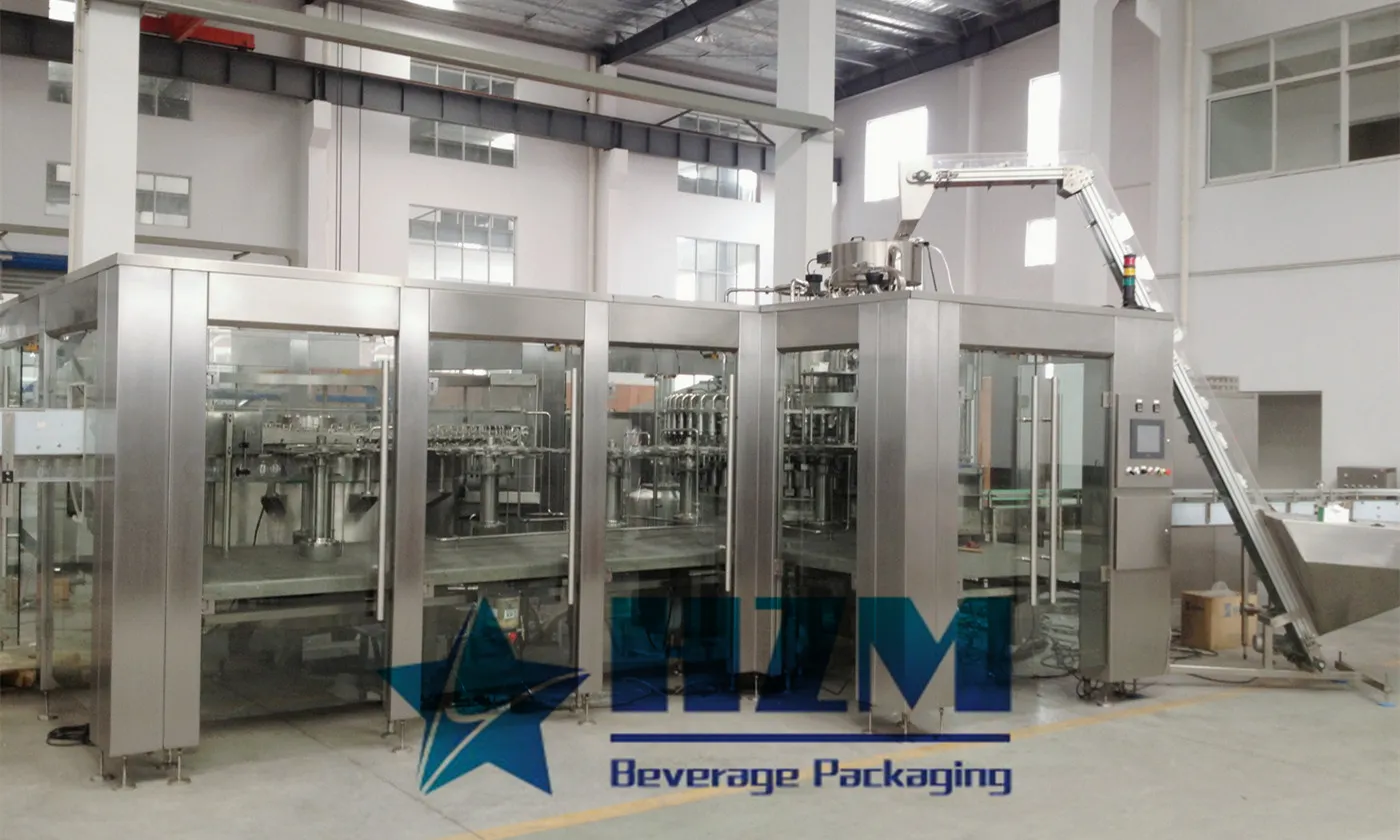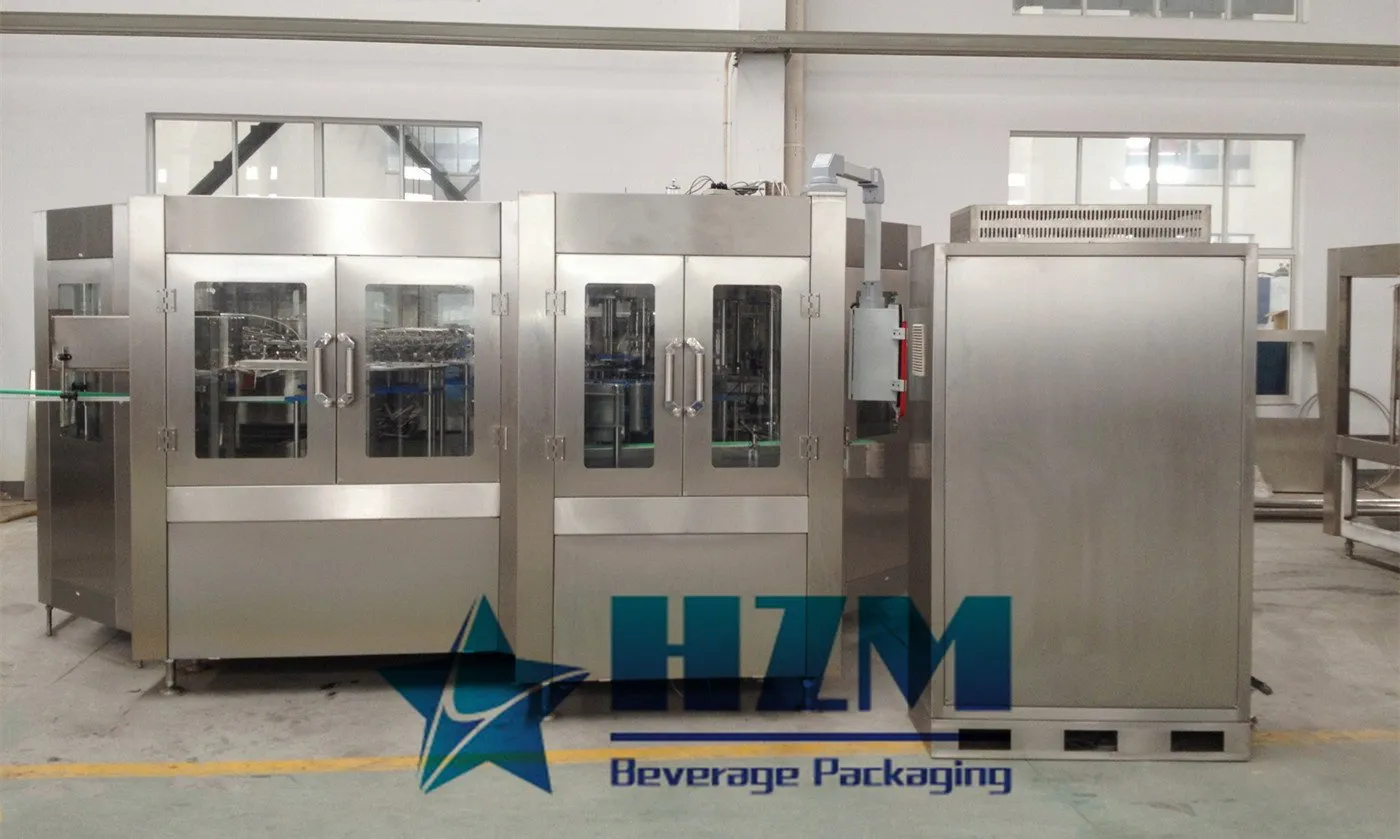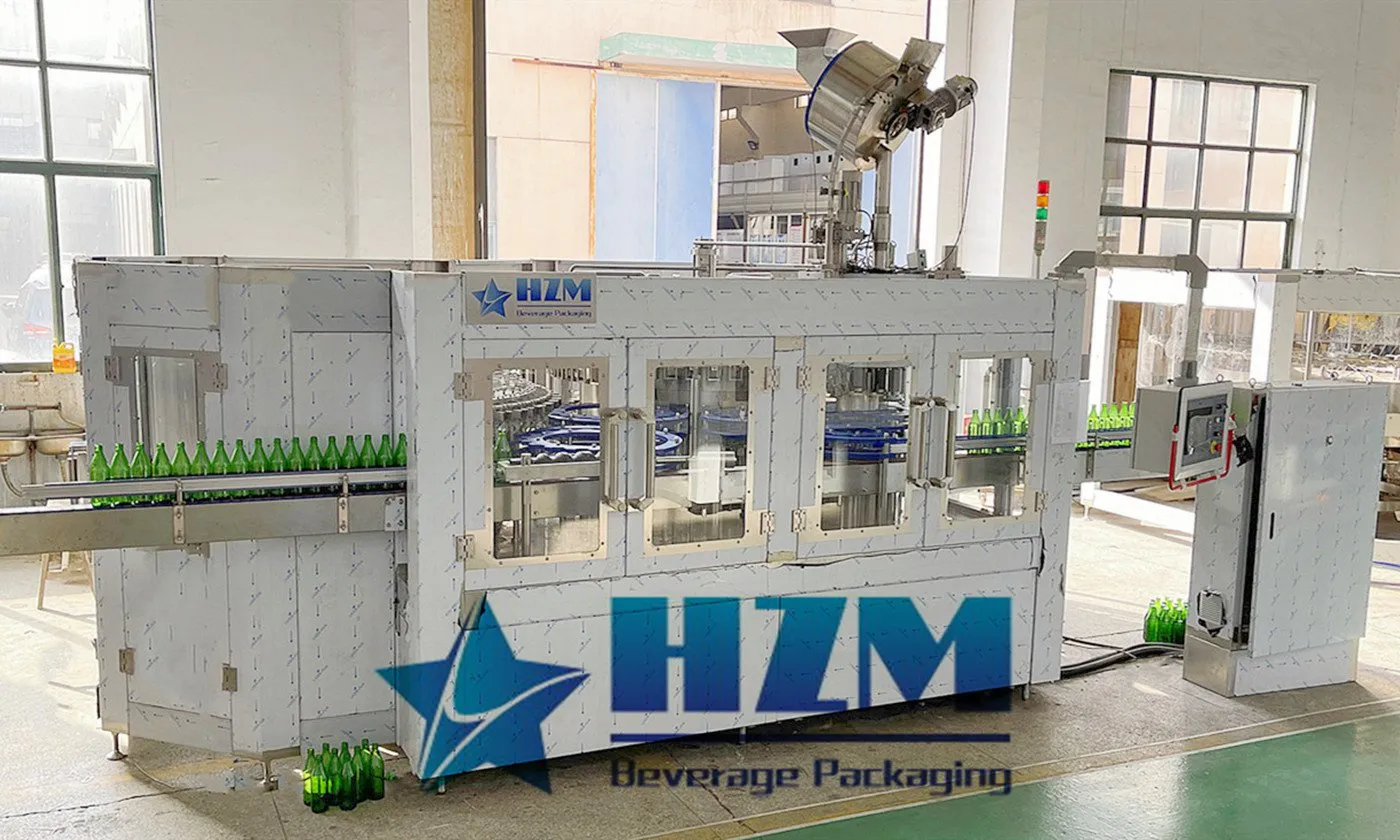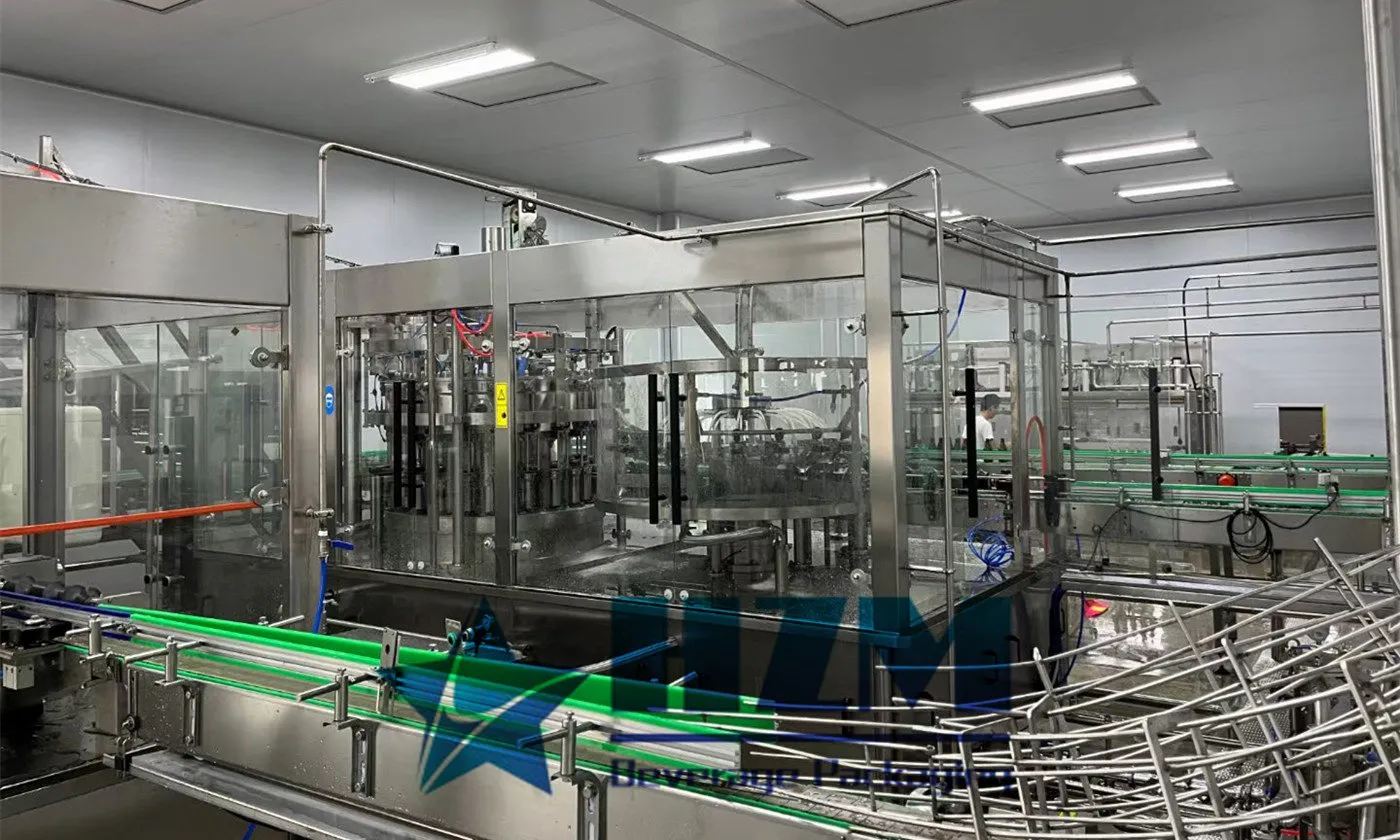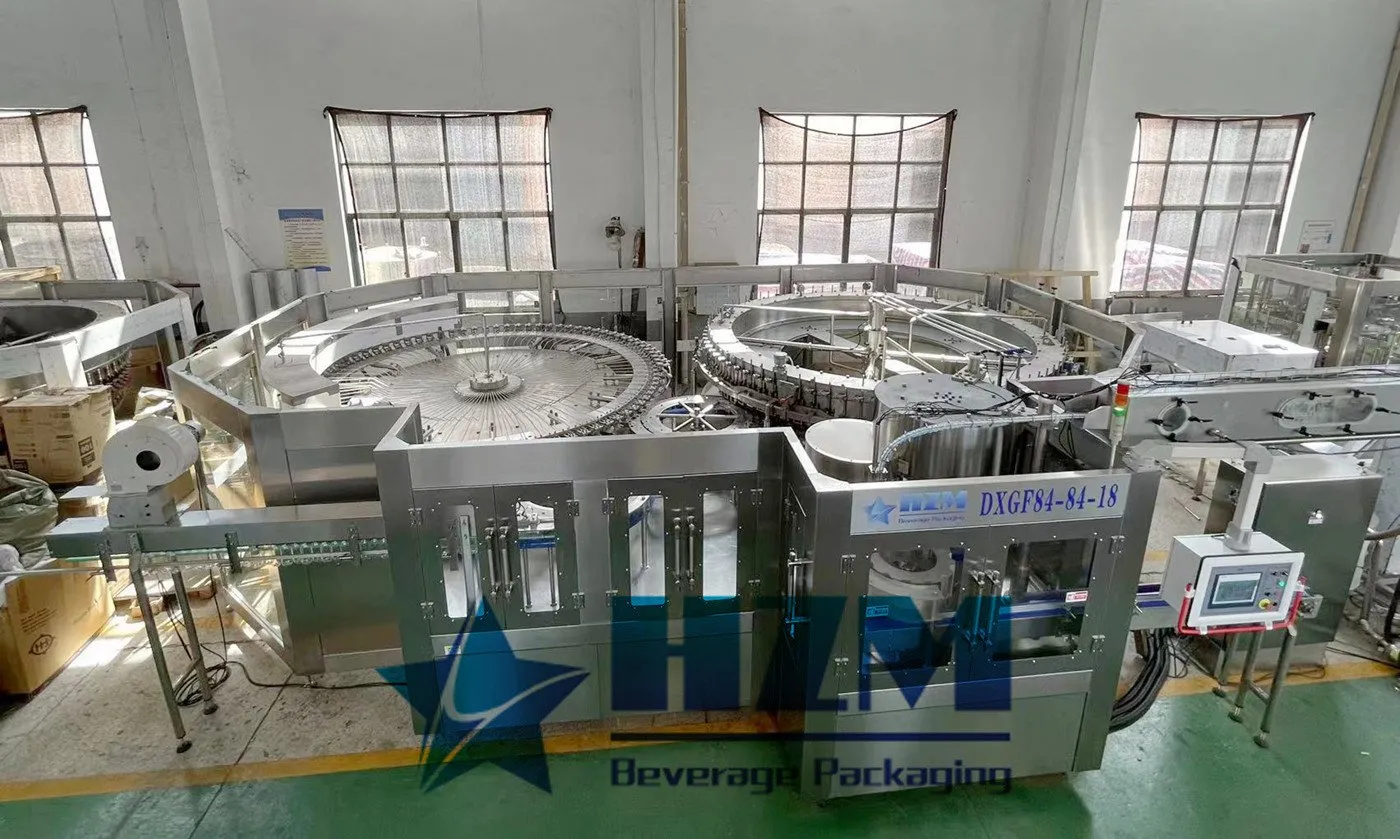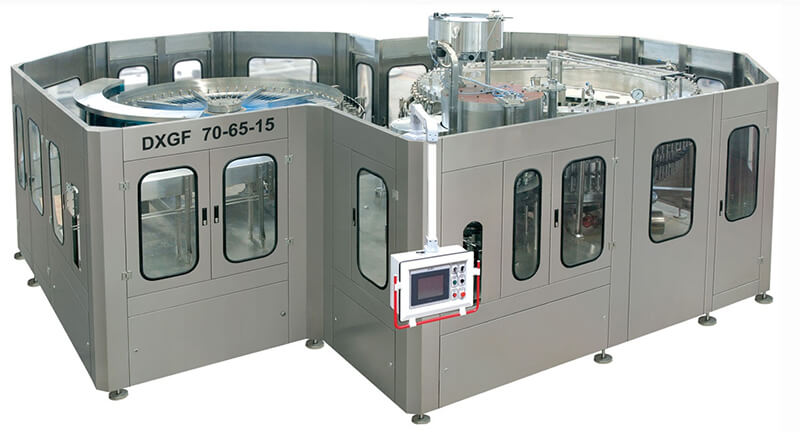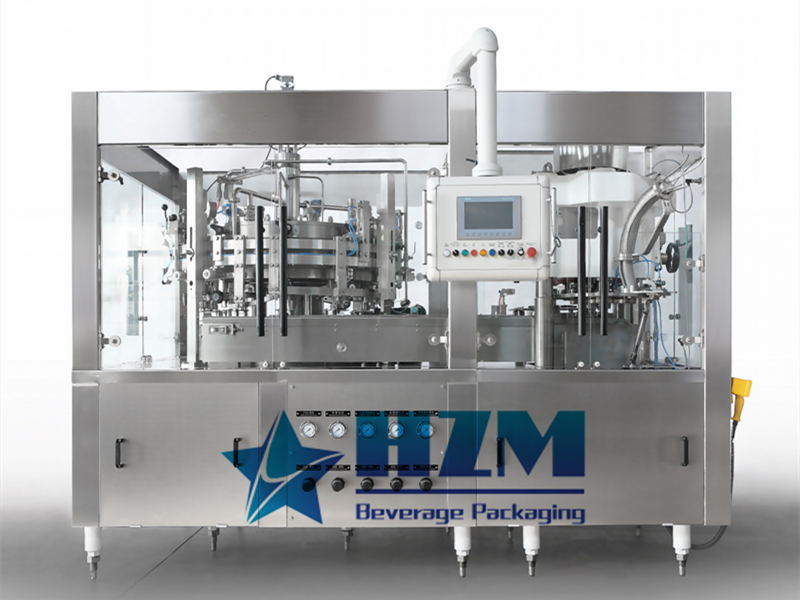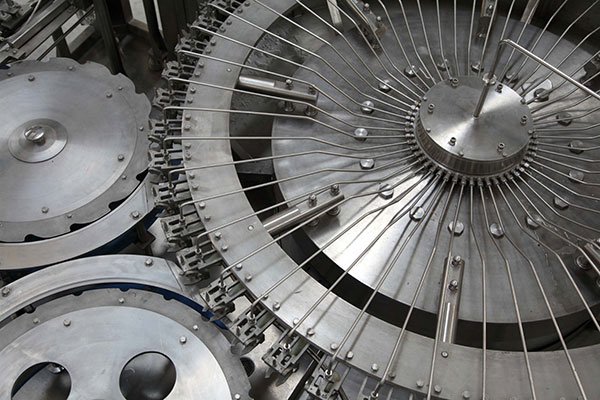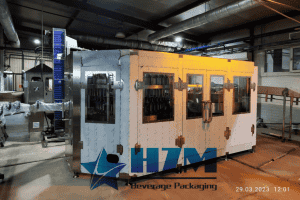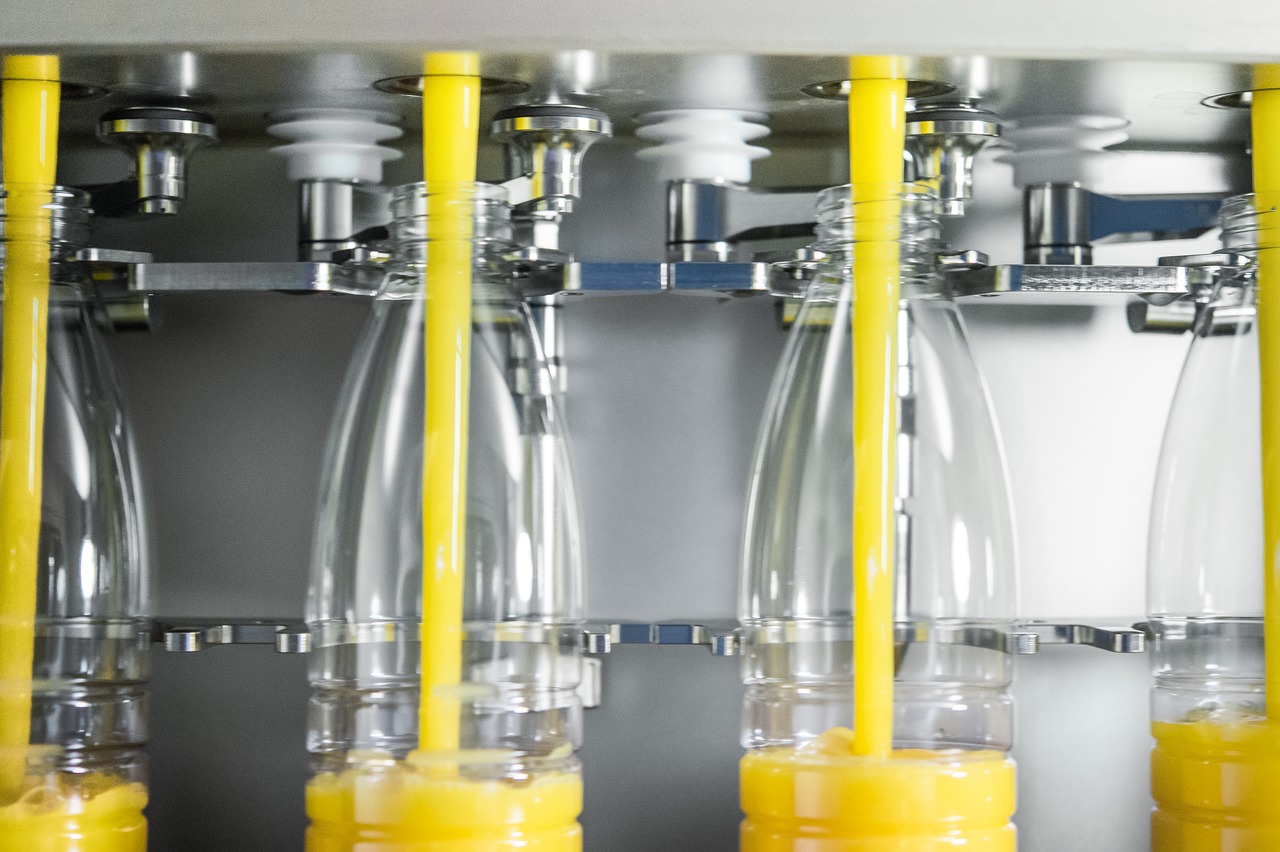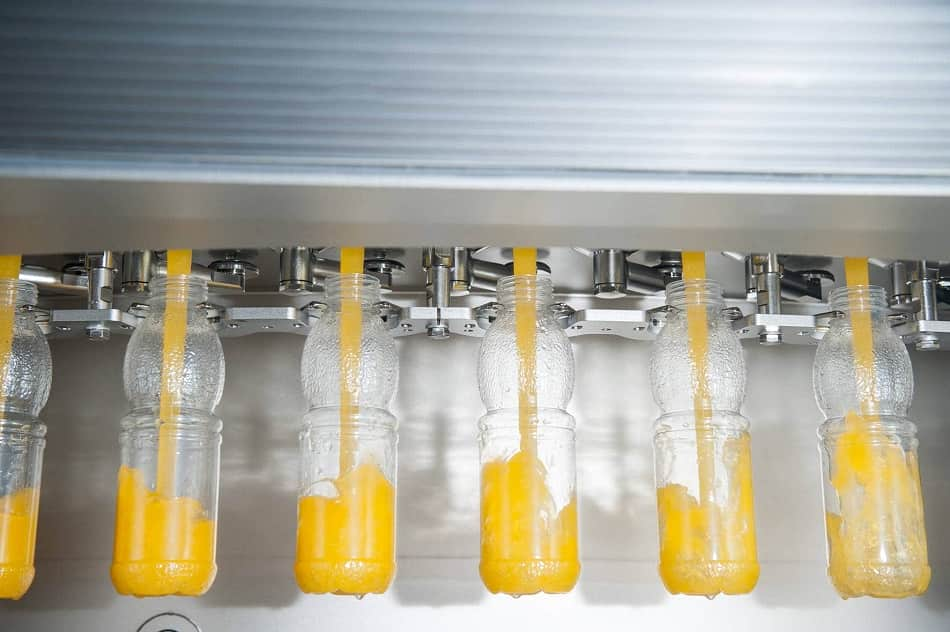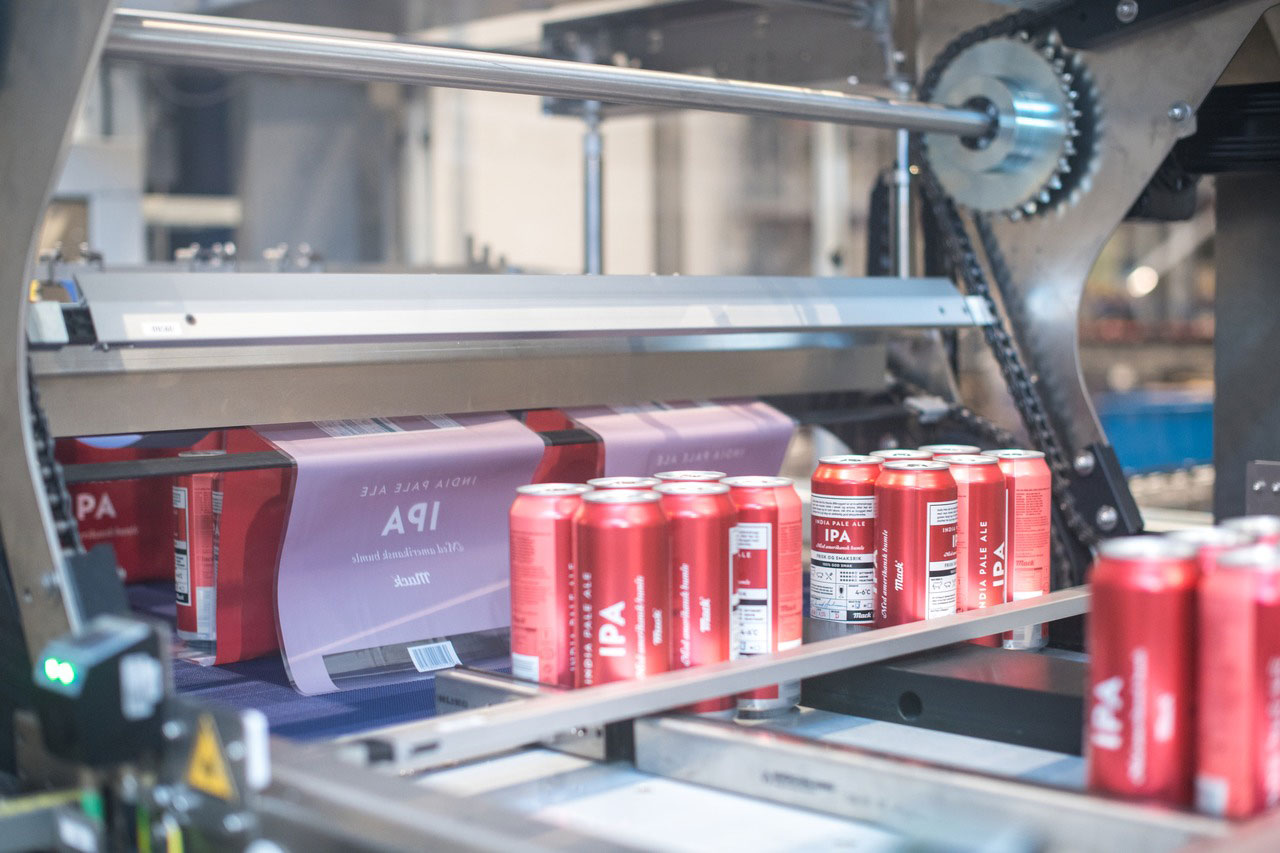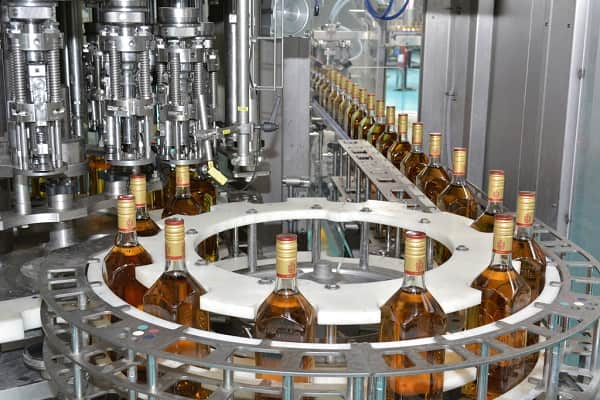Differences Between Hot Filling and Cold Filling in Beverage Filling Machines
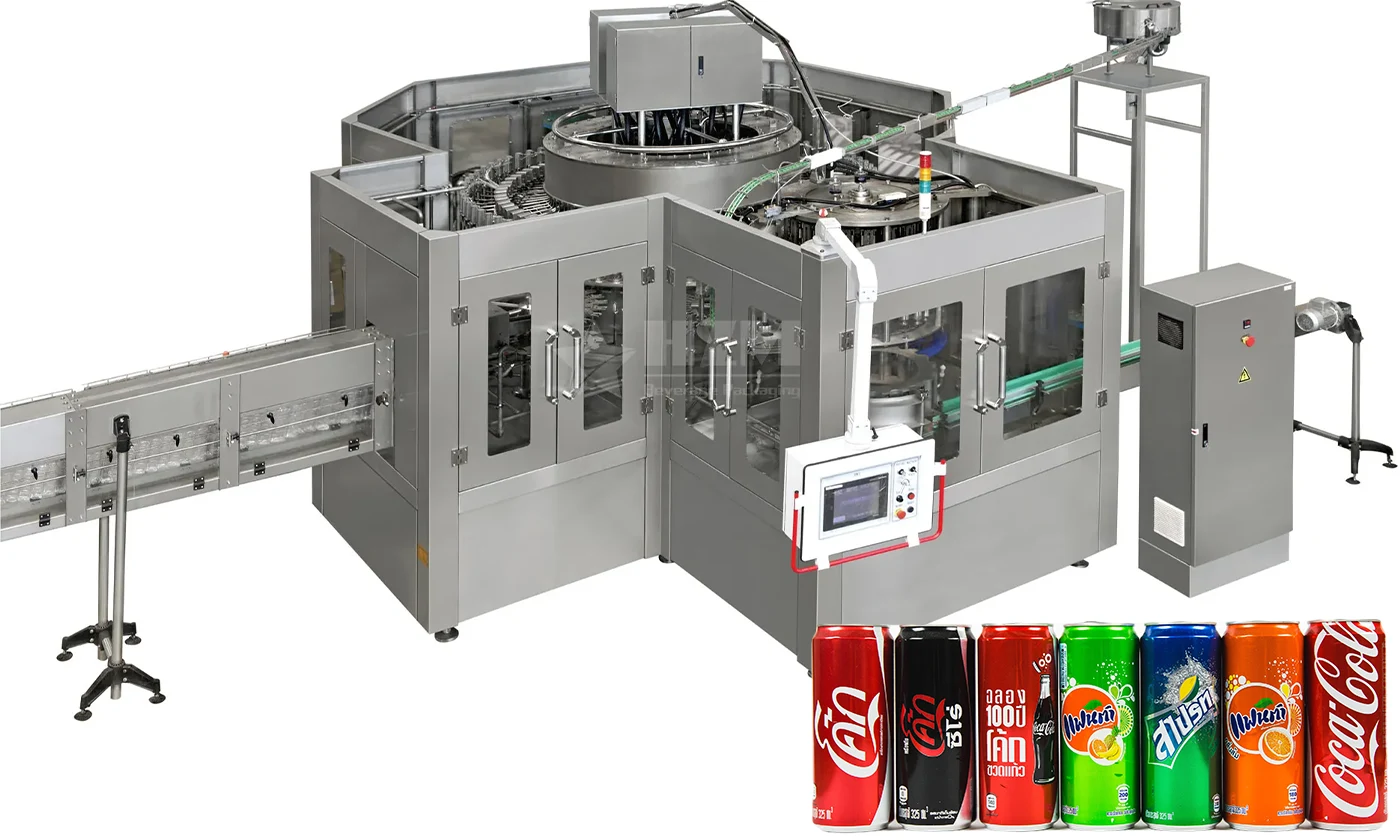
I. Core Definitions and Process Logic
1. Hot Filling
2. Cold Filling (Aseptic Filling)
II. Comparison of 7 Core Dimensions
III. Applicable Scenarios and Selection Suggestions
1. Prioritize Hot Filling When:
2. Prioritize Cold Filling When:
IV. Extended Knowledge: Development Trends of the Two Processes
Summary
The choice of process essentially depends on the balance between product characteristics (heat sensitivity), market demand (shelf life/taste), and cost budget (equipment + packaging).
TAG: Beverage Filling Machine Beverage Filling Machines Cold Filling Machine Hot Filling Machine
Update:2025-10-24
Author:HZM Machinery
Pageviews:14
PRODUCT
-
![Fully Automatic Beverage Filling Machine]() Fully Automatic Beverage Filling Machine
Fully Automatic Beverage Filling Machine -
![Automatic PET Bottle Blowing Filling Capping Machine – Best price beverage machinery]() Automatic PET Bottle Blowing Filling Capping Machine – Best price beverage machinery
Automatic PET Bottle Blowing Filling Capping Machine – Best price beverage machinery -
![Drinking water production line – Bottled Water Filling Machine Manufacturer]() Drinking water production line – Bottled Water Filling Machine Manufacturer
Drinking water production line – Bottled Water Filling Machine Manufacturer -
![Beverage Filling Line – Juice, Water, Soft Drinks, cola, Beer]() Beverage Filling Line – Juice, Water, Soft Drinks, cola, Beer
Beverage Filling Line – Juice, Water, Soft Drinks, cola, Beer -
![Automatic Pure Water Bottling Filling Machine]() Automatic Pure Water Bottling Filling Machine
Automatic Pure Water Bottling Filling Machine -
![3-In-1 Water Bottle Filling Machine]() 3-In-1 Water Bottle Filling Machine
3-In-1 Water Bottle Filling Machine -
![PET Bottle juice Beverage Hot Filling Machine]() PET Bottle juice Beverage Hot Filling Machine
PET Bottle juice Beverage Hot Filling Machine -
![PET Bottle CSD Beverage Filling Machine]() PET Bottle CSD Beverage Filling Machine
PET Bottle CSD Beverage Filling Machine -
![Glass Bottle CSD Beverage Filling Machine]() Glass Bottle CSD Beverage Filling Machine
Glass Bottle CSD Beverage Filling Machine -
![CSD Beverage Can Filling Machine]() CSD Beverage Can Filling Machine
CSD Beverage Can Filling Machine -
![Carbonated Drinks Filling Machine]() Carbonated Drinks Filling Machine
Carbonated Drinks Filling Machine
ARCTICLE
-
![Automatic PET Bottle Blowing Filling Capping Machine – Best price beverage machinery]() Automatic PET Bottle Blowing Filling Capping Machine – Best price beverage machineryOct , 24 /2025
Automatic PET Bottle Blowing Filling Capping Machine – Best price beverage machineryOct , 24 /2025 -
![Drinking water production line – Bottled Water Filling Machine Manufacturer]() Drinking water production line – Bottled Water Filling Machine ManufacturerSep , 11 /2025
Drinking water production line – Bottled Water Filling Machine ManufacturerSep , 11 /2025 -
![Beverage Filling Line – Juice, Water, Soft Drinks, cola, Beer]() Beverage Filling Line – Juice, Water, Soft Drinks, cola, BeerJul , 21 /2025
Beverage Filling Line – Juice, Water, Soft Drinks, cola, BeerJul , 21 /2025 -
![Automatic Pure Water Bottling Filling Machine]() Automatic Pure Water Bottling Filling MachineDec , 21 /2023
Automatic Pure Water Bottling Filling MachineDec , 21 /2023 -
![Fully Automatic Beverage Filling Machine]() Fully Automatic Beverage Filling MachineOct , 11 /2023
Fully Automatic Beverage Filling MachineOct , 11 /2023 -
![3-In-1 Water Bottle Filling Machine]() 3-In-1 Water Bottle Filling MachineOct , 10 /2023
3-In-1 Water Bottle Filling MachineOct , 10 /2023 -
![Important Questions To Consider Before Purchasing Carbonated Filling Machine]() Important Questions To Consider Before Purchasing Carbonated Filling MachineFeb , 19 /2023
Important Questions To Consider Before Purchasing Carbonated Filling MachineFeb , 19 /2023 -
![Classification of beverage filling machines]() Classification of beverage filling machinesMar , 24 /2023
Classification of beverage filling machinesMar , 24 /2023 -
![Beverage opens the era of diversified consumption]() Beverage opens the era of diversified consumptionMar , 24 /2023
Beverage opens the era of diversified consumptionMar , 24 /2023 -
![Complete Installation and Commission DXGF40-40-10 Carbonated Beverage Filling Machine]() Complete Installation and Commission DXGF40-40-10 Carbonated Beverage Filling MachineApr , 18 /2023
Complete Installation and Commission DXGF40-40-10 Carbonated Beverage Filling MachineApr , 18 /2023 -
![Application of Juice Beverage Filling Machine in the Industry]() Application of Juice Beverage Filling Machine in the IndustryApr , 25 /2023
Application of Juice Beverage Filling Machine in the IndustryApr , 25 /2023 -
![A detailed introduction of the production line process for juice beverages]() A detailed introduction of the production line process for juice beveragesApr , 28 /2023
A detailed introduction of the production line process for juice beveragesApr , 28 /2023 -
![Fully Understanding Automatic Beverage Filling Machines]() Fully Understanding Automatic Beverage Filling MachinesMay , 08 /2023
Fully Understanding Automatic Beverage Filling MachinesMay , 08 /2023 -
![How to Properly Maintain and Service Automatic Beverage Packaging Machines]() How to Properly Maintain and Service Automatic Beverage Packaging MachinesMay , 17 /2023
How to Properly Maintain and Service Automatic Beverage Packaging MachinesMay , 17 /2023 -
![200-500ml Ultra-Clean Filling Machine]() 200-500ml Ultra-Clean Filling MachineJun , 09 /2023
200-500ml Ultra-Clean Filling MachineJun , 09 /2023


